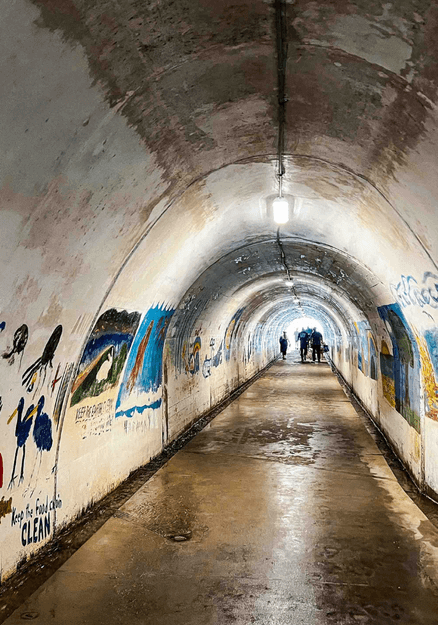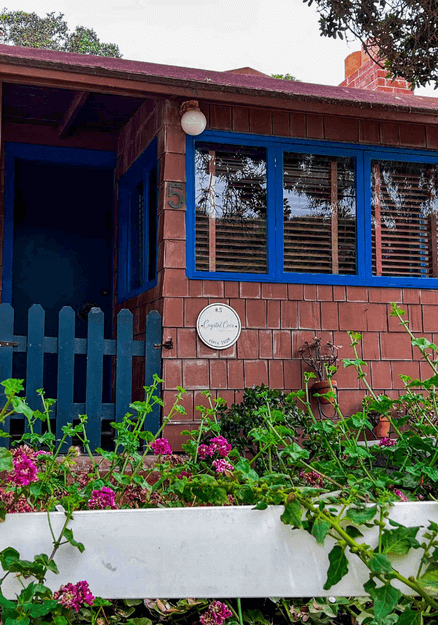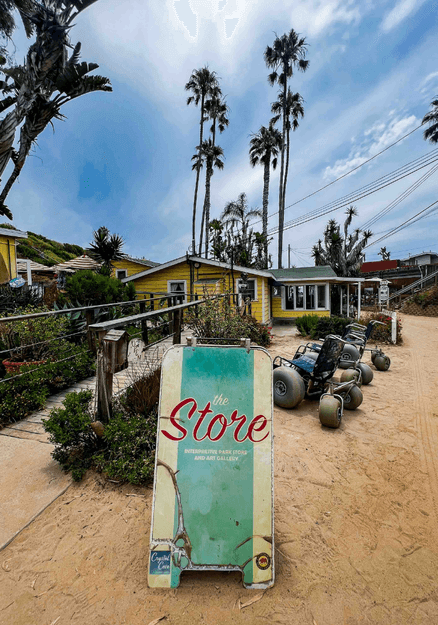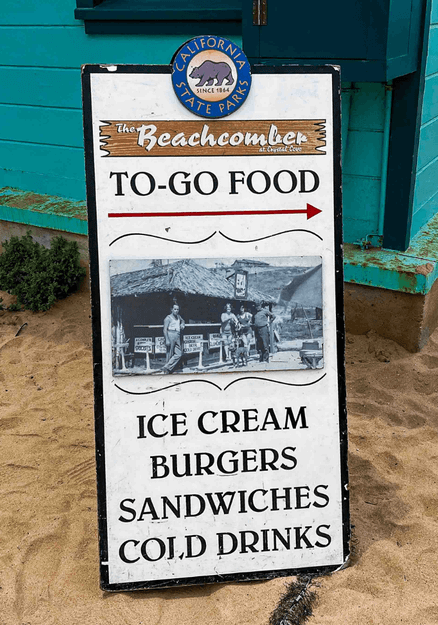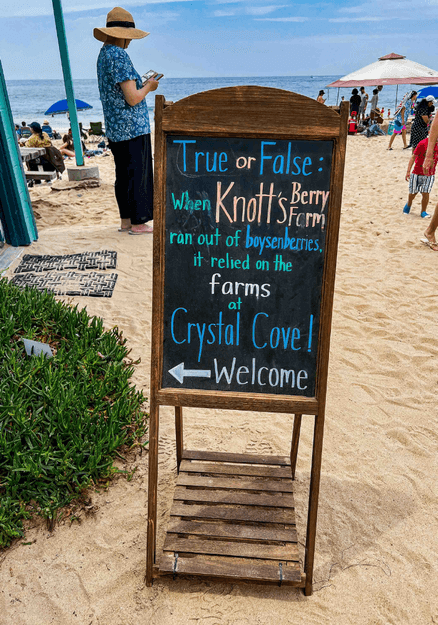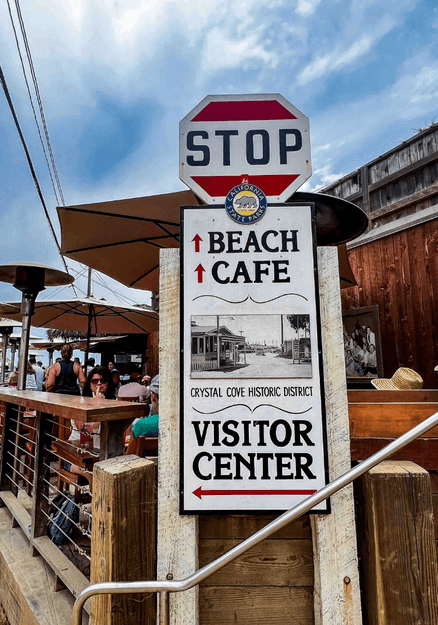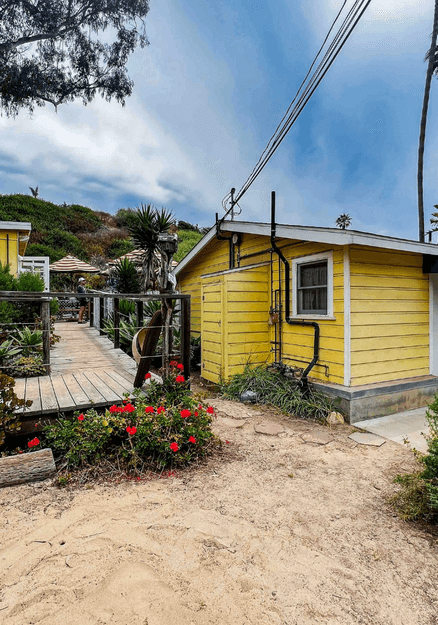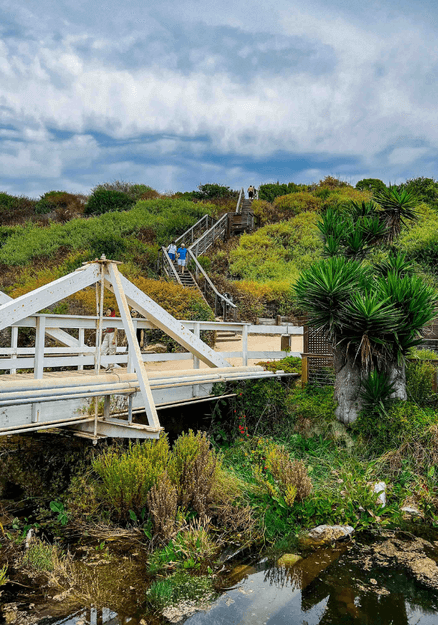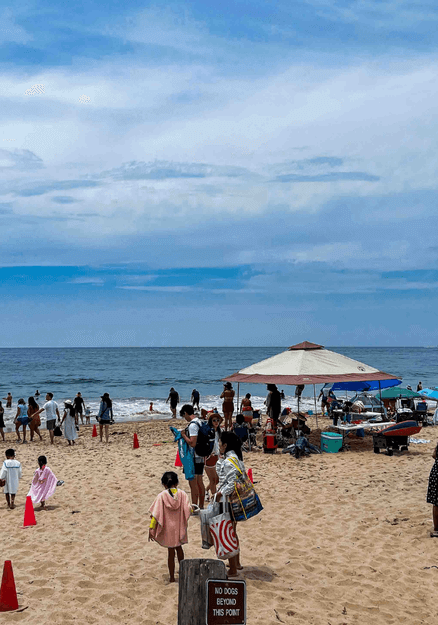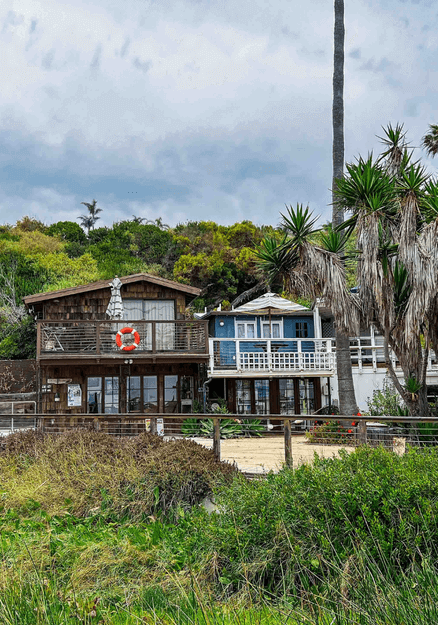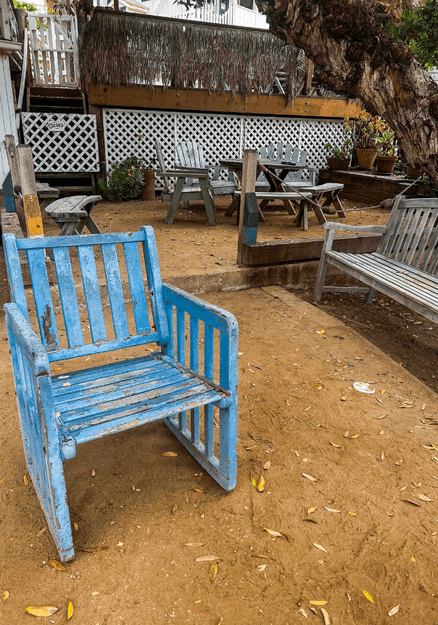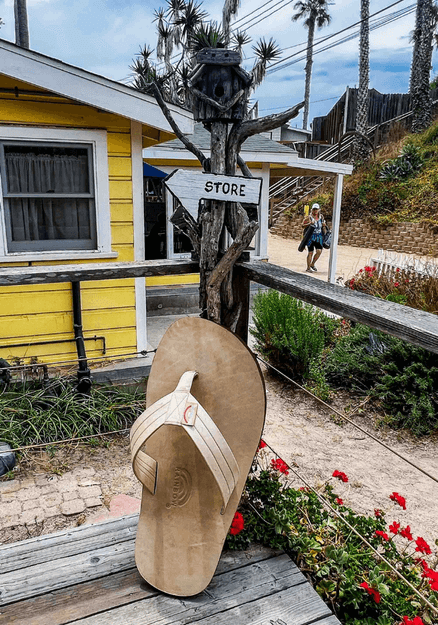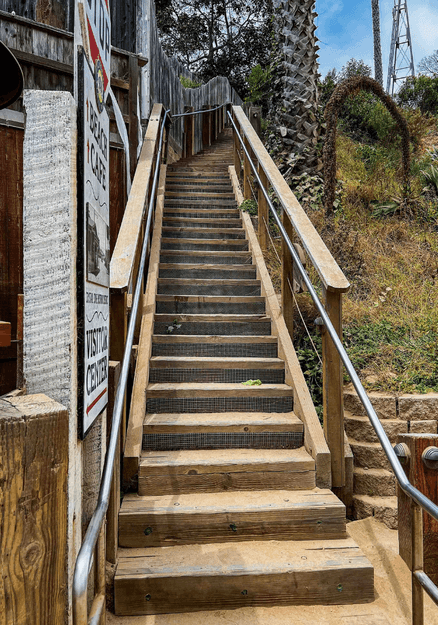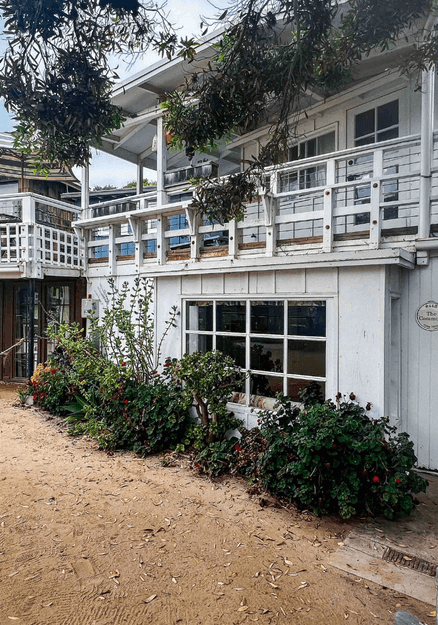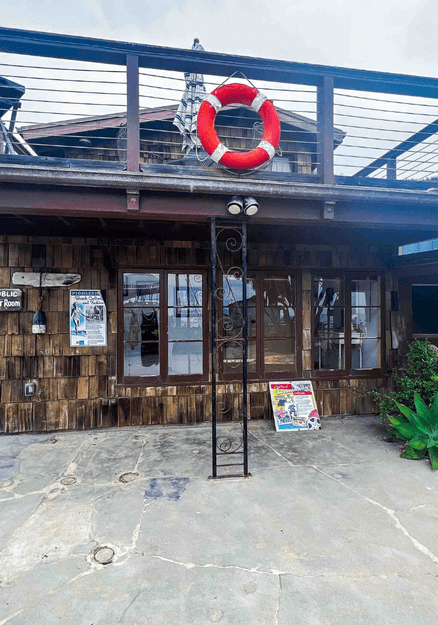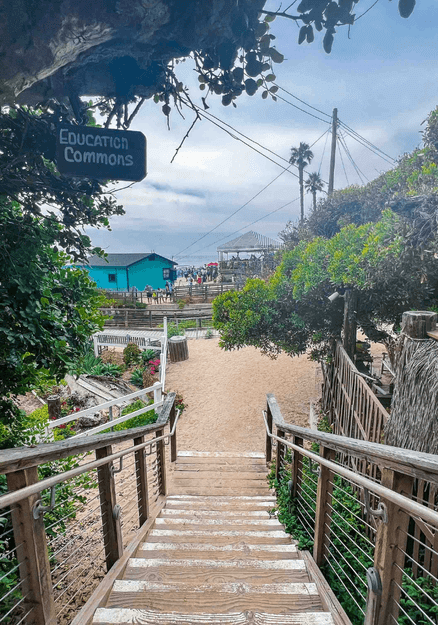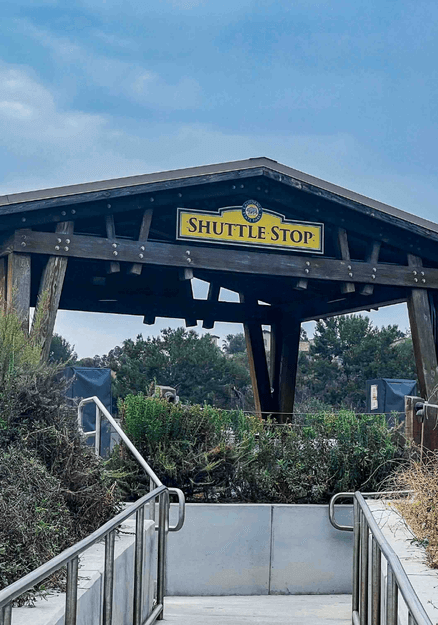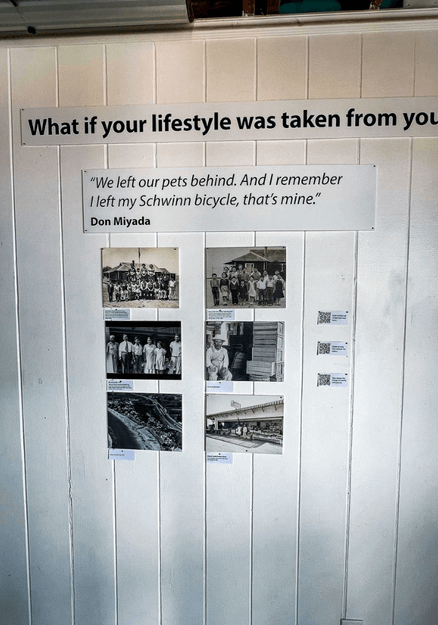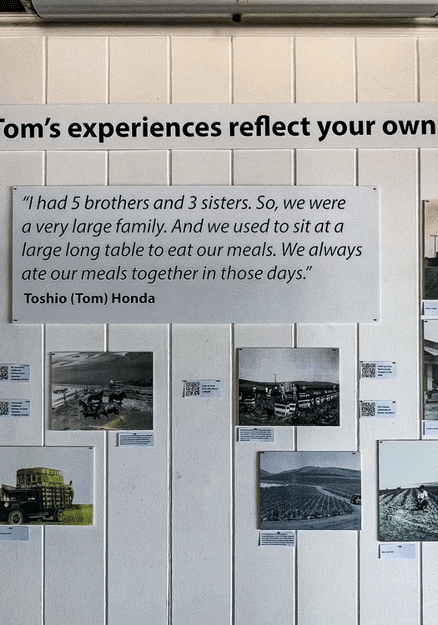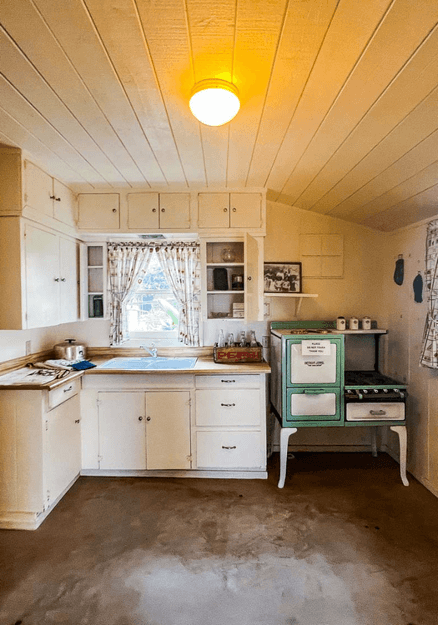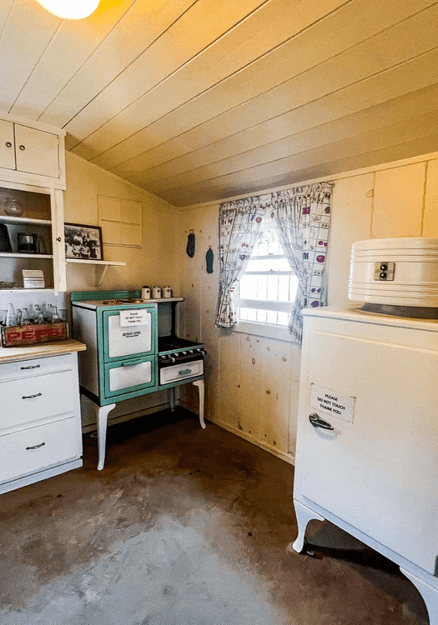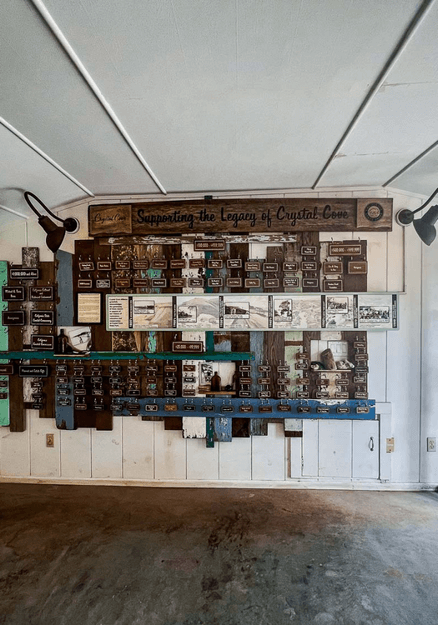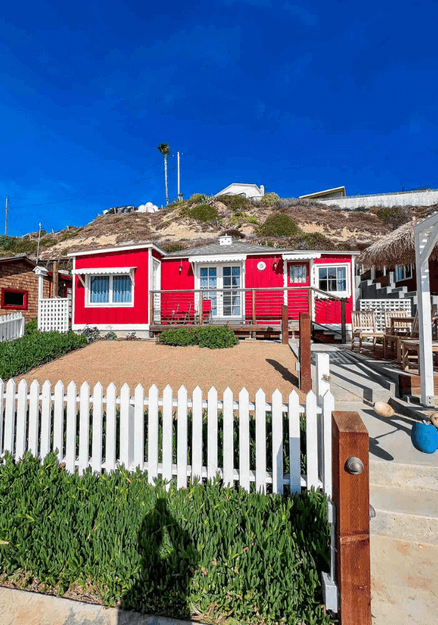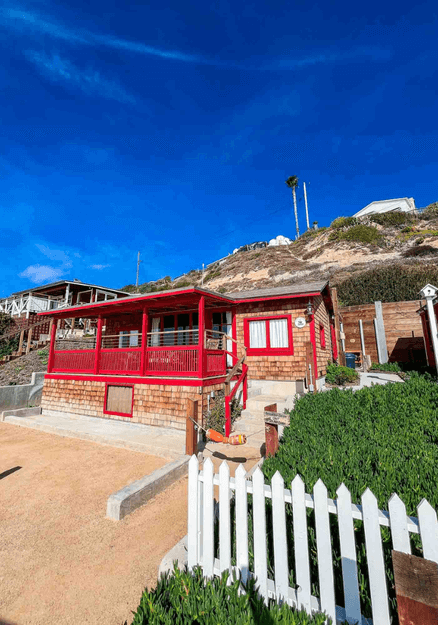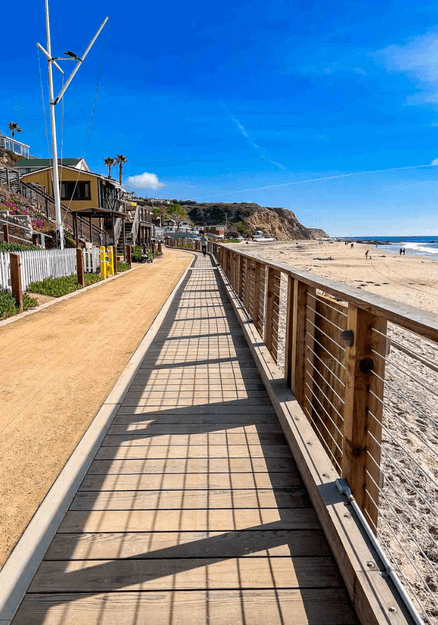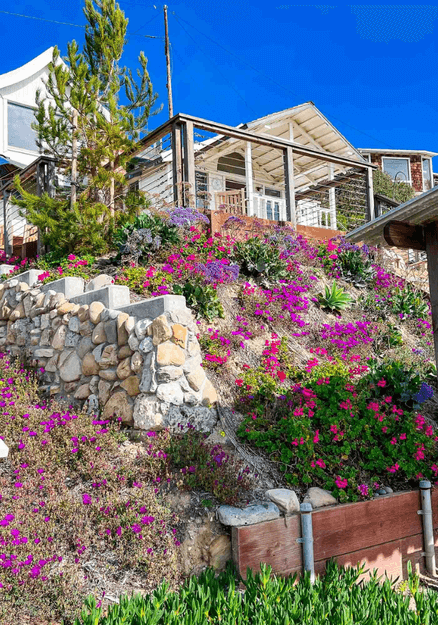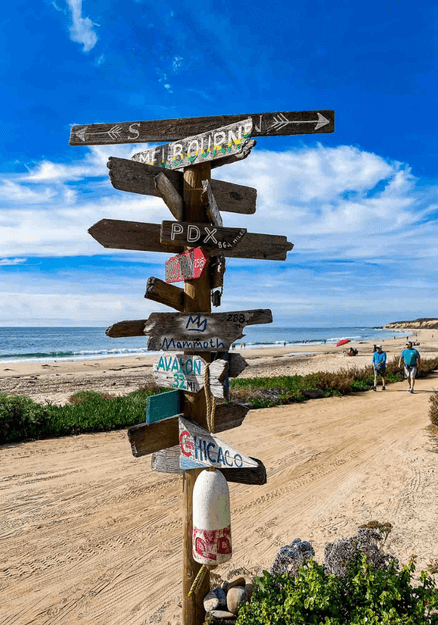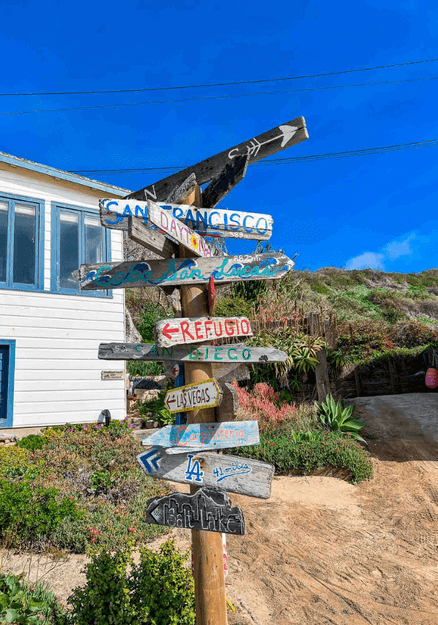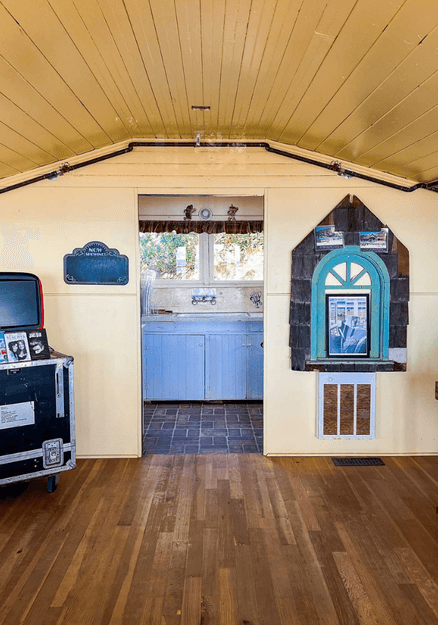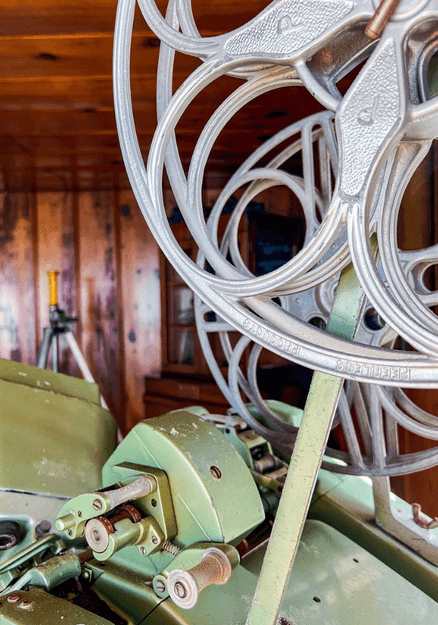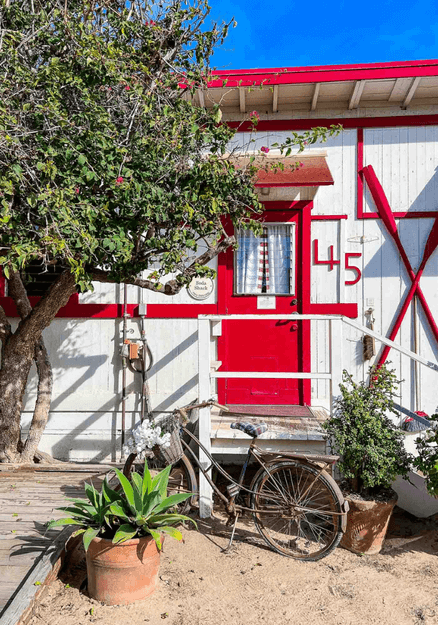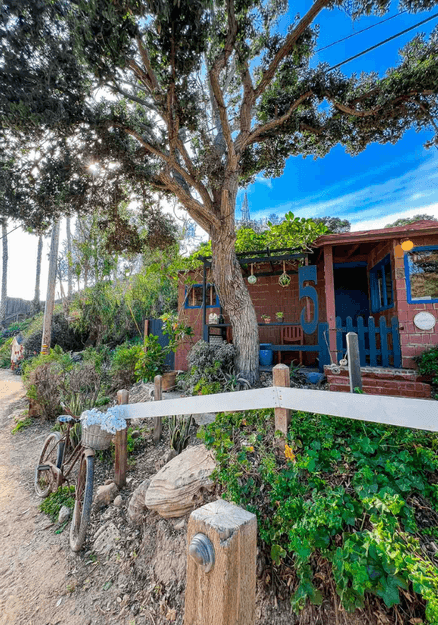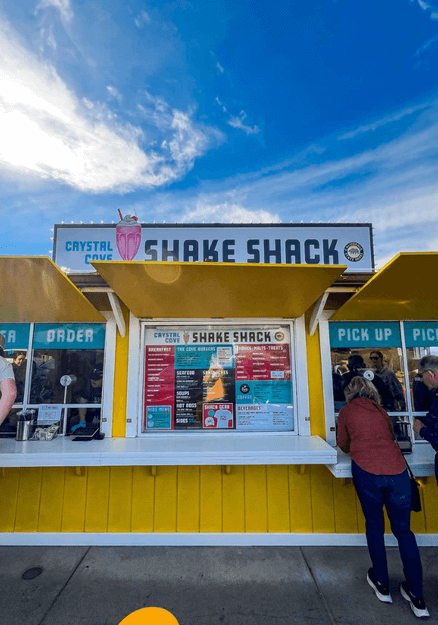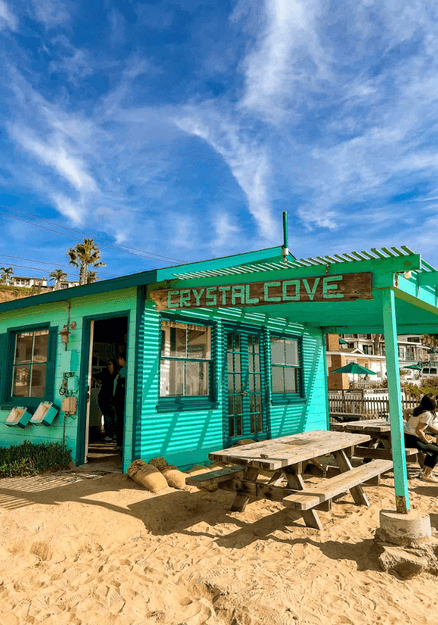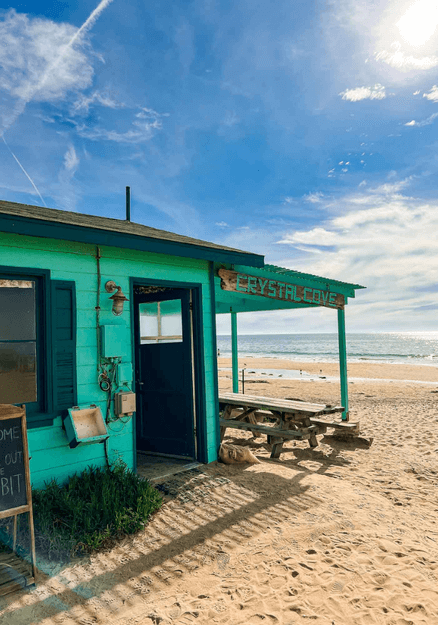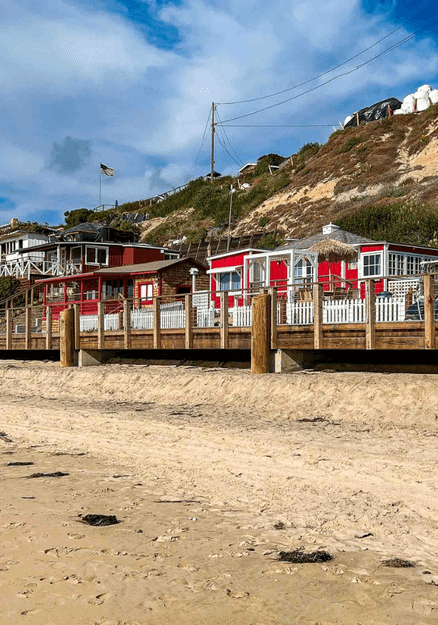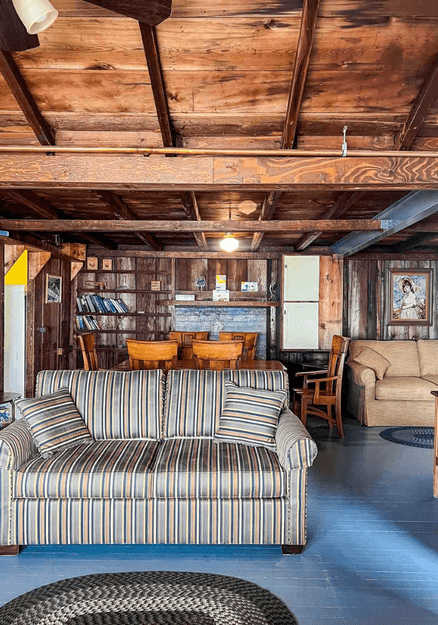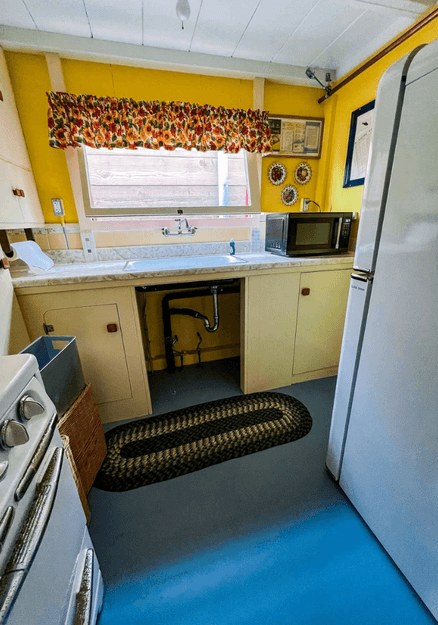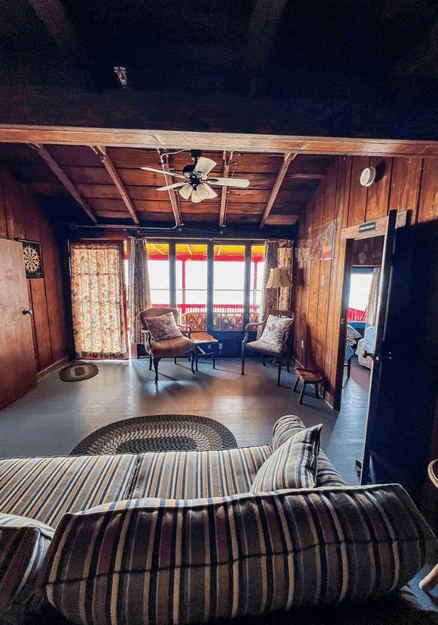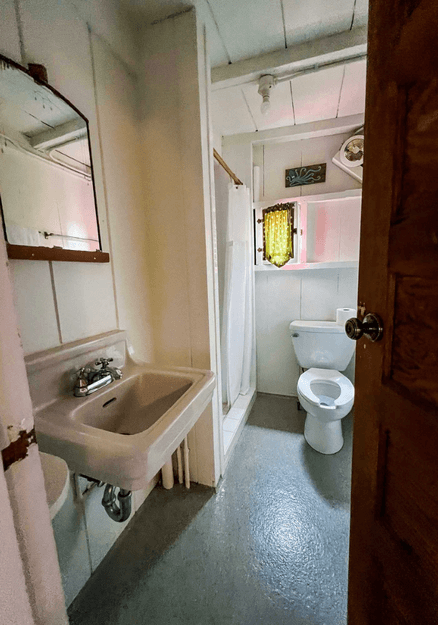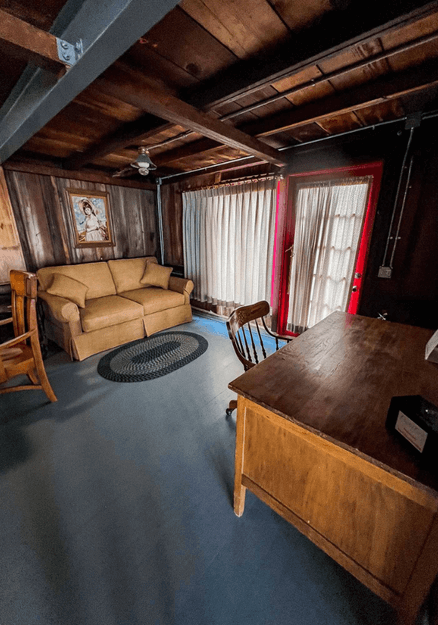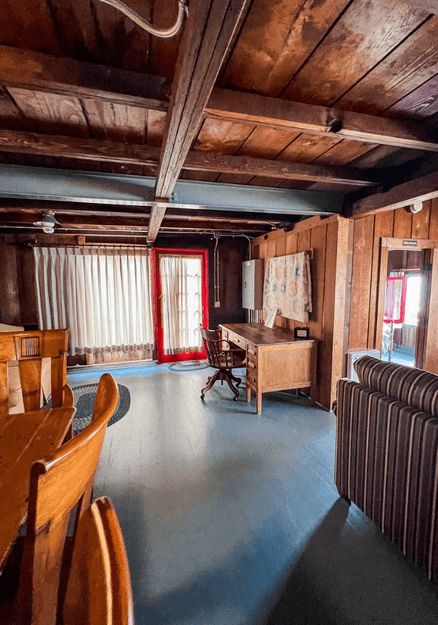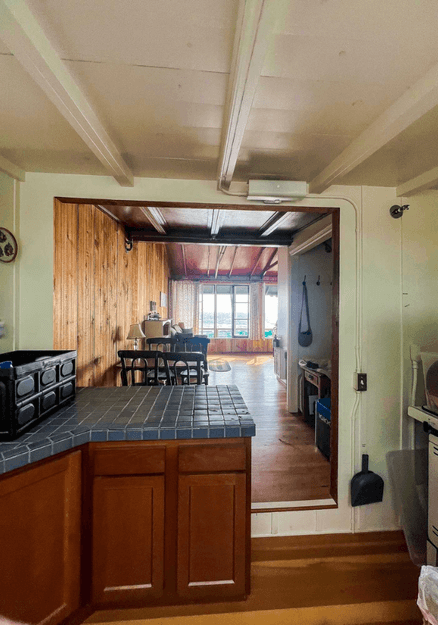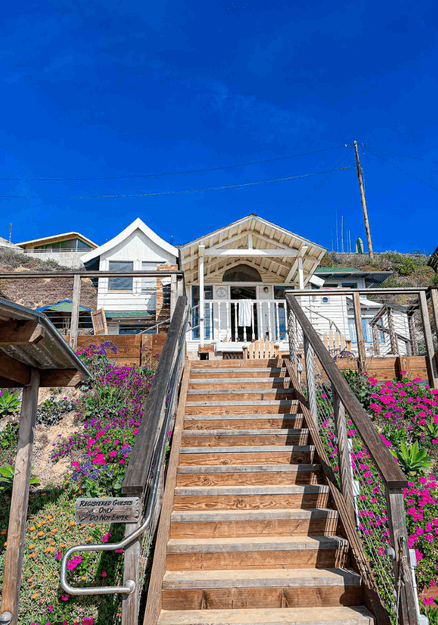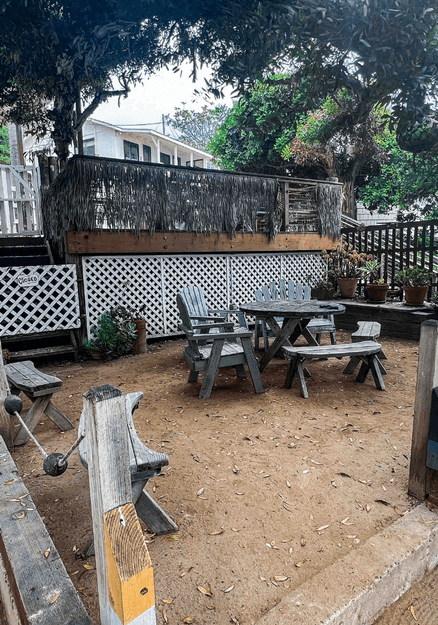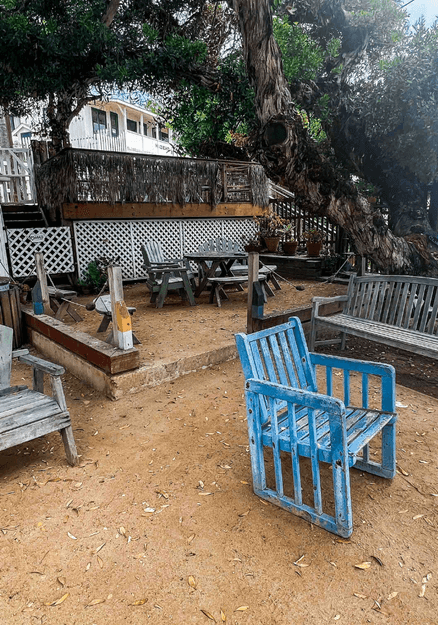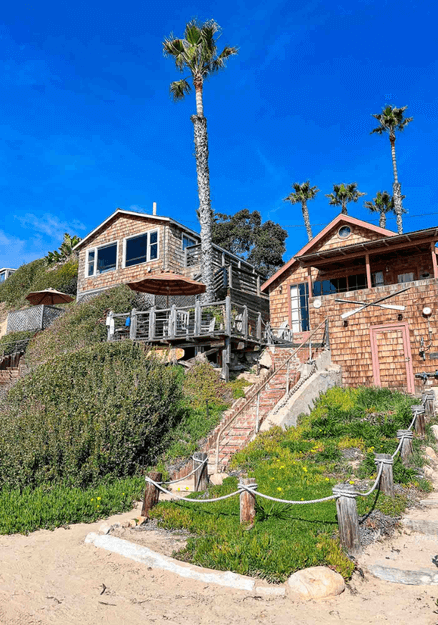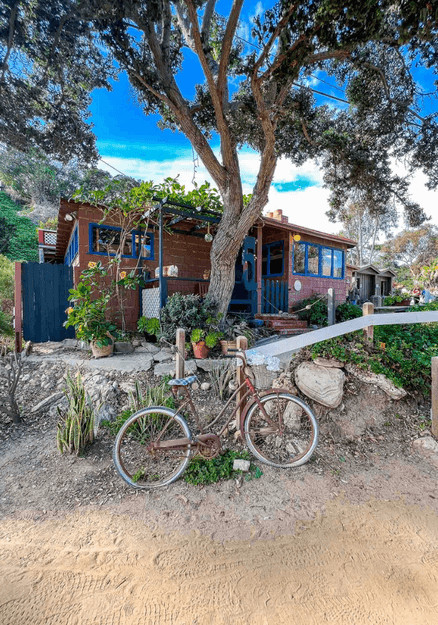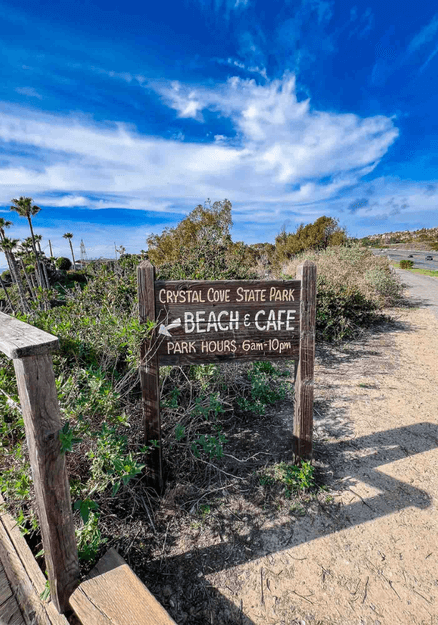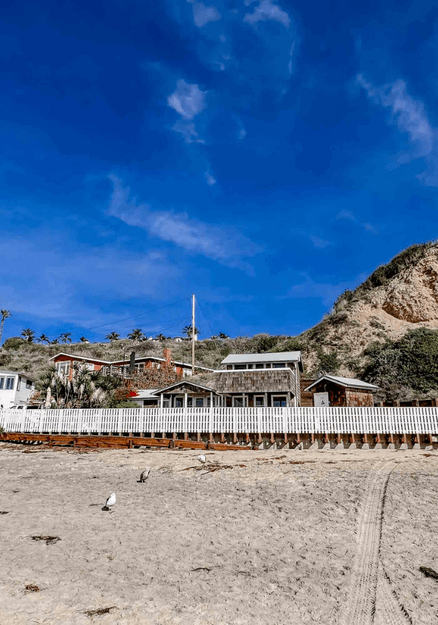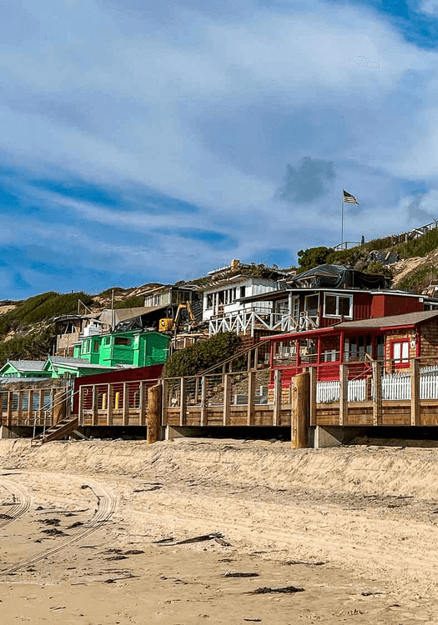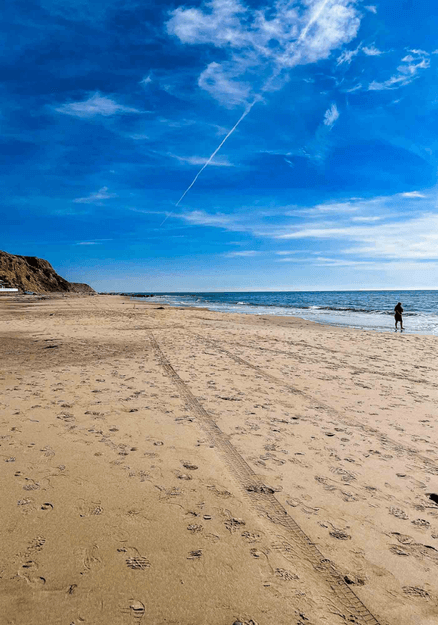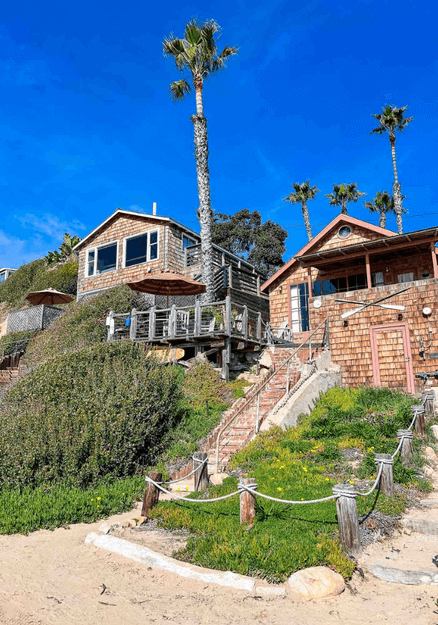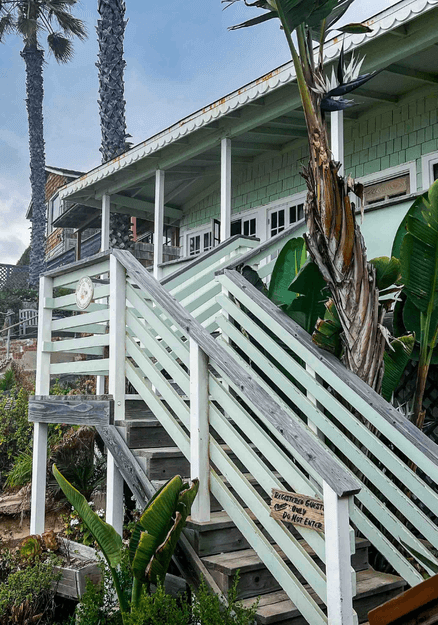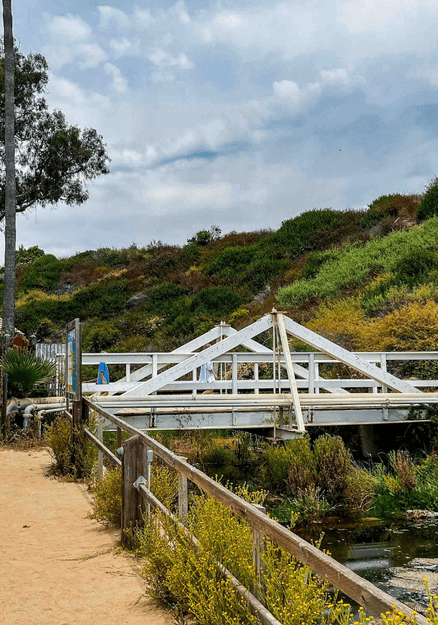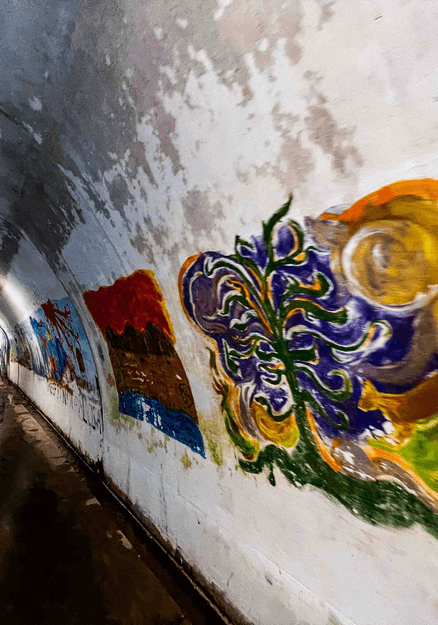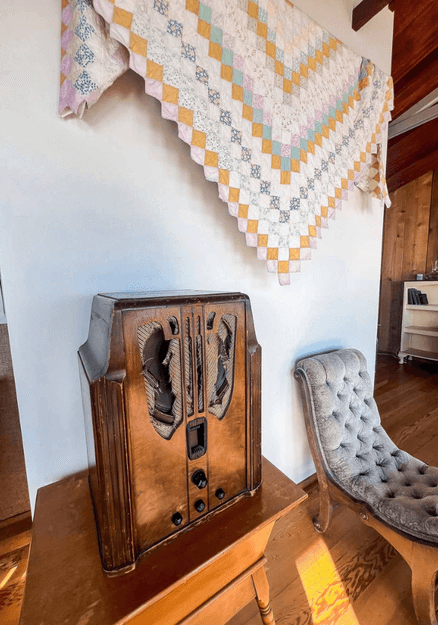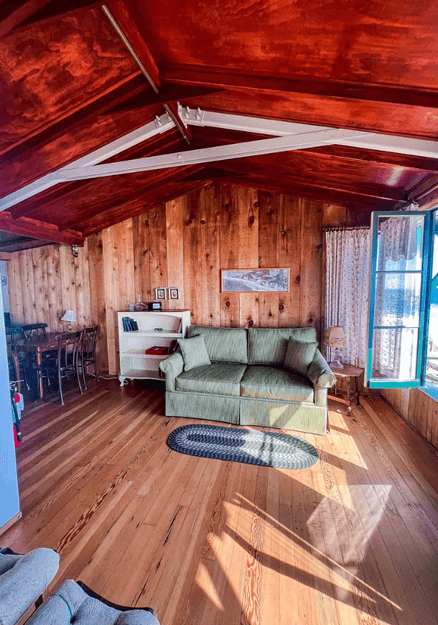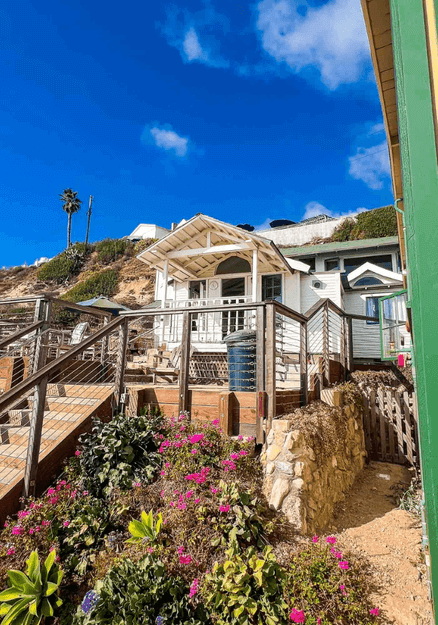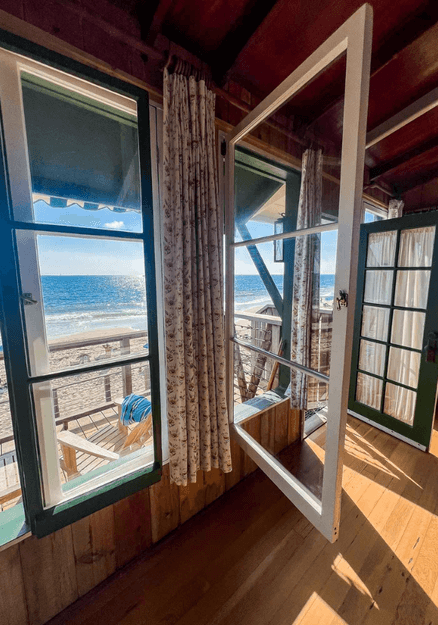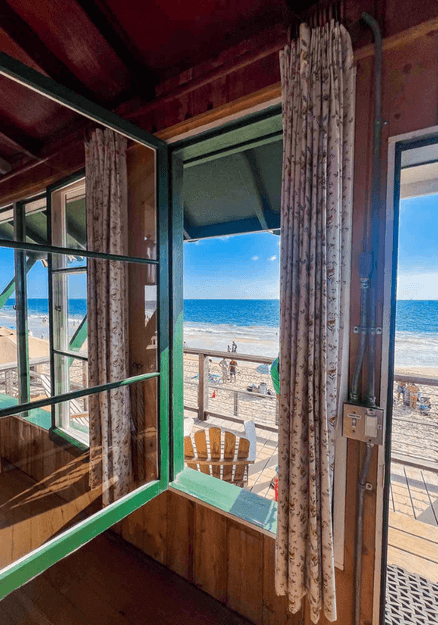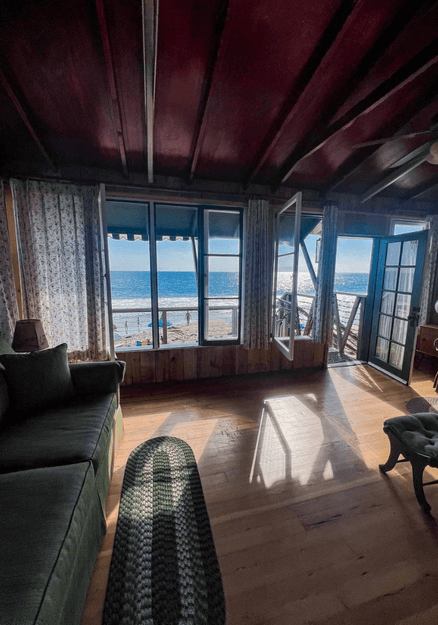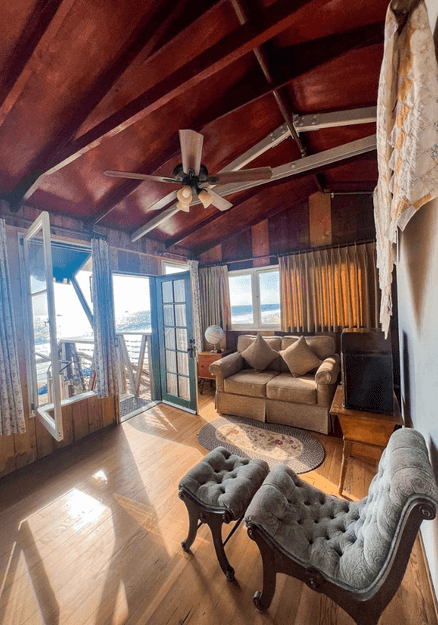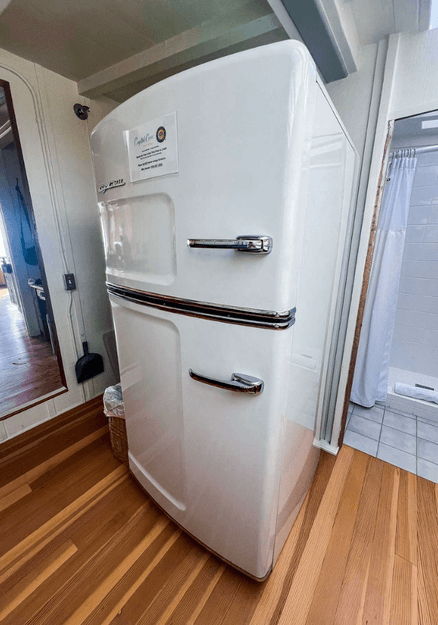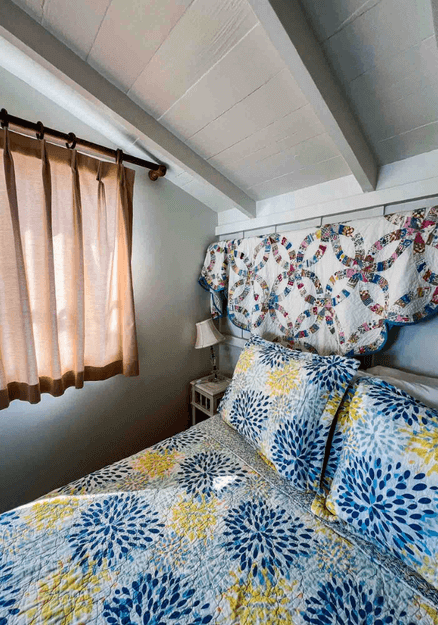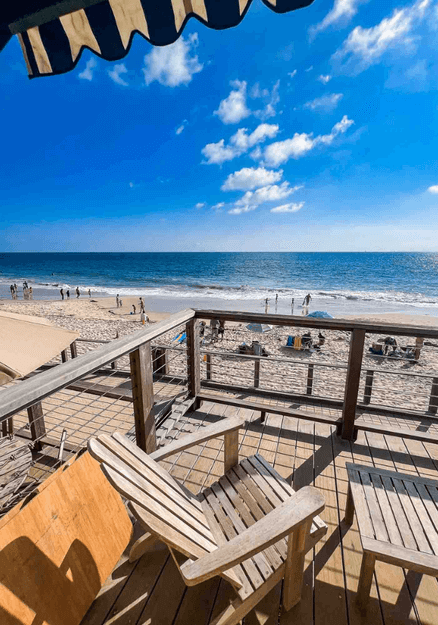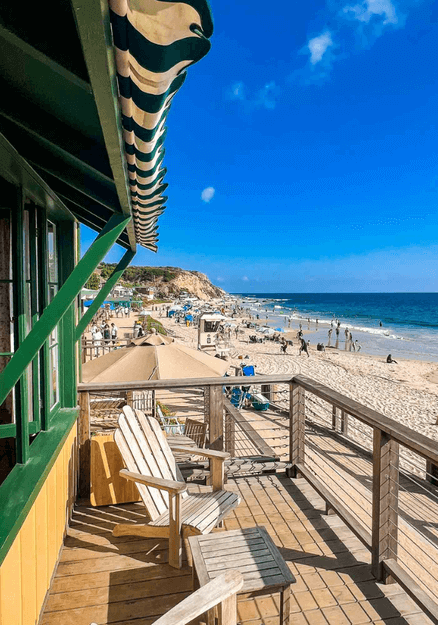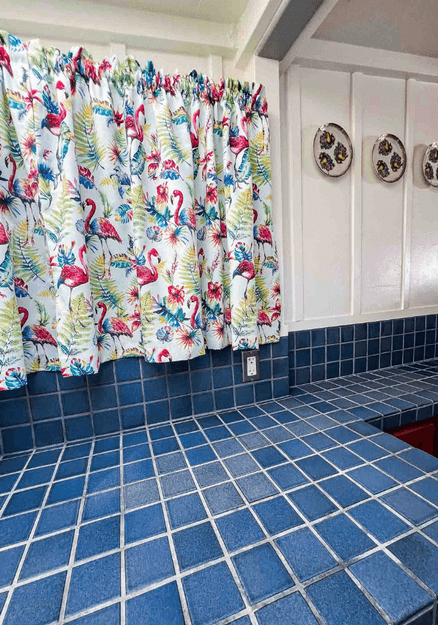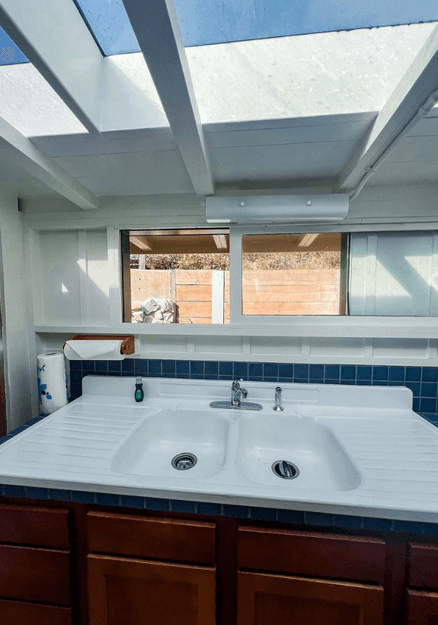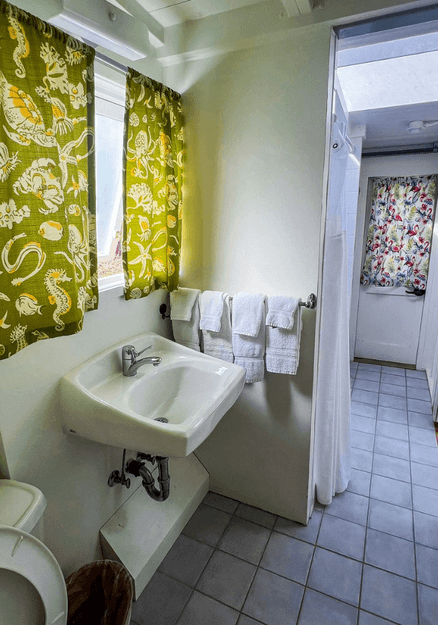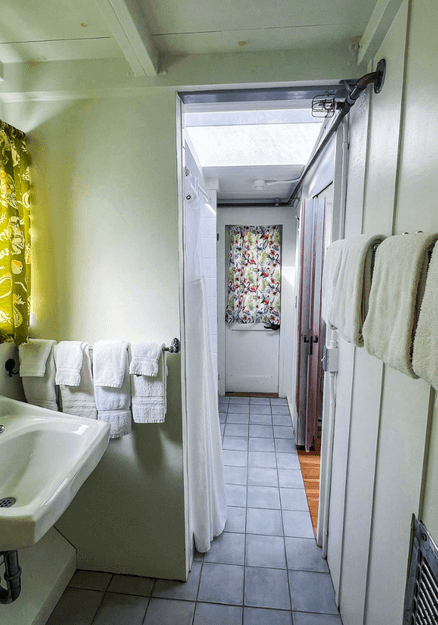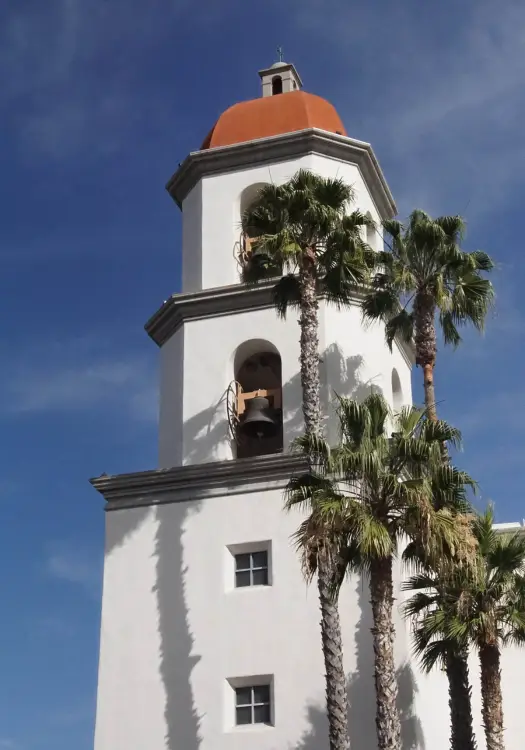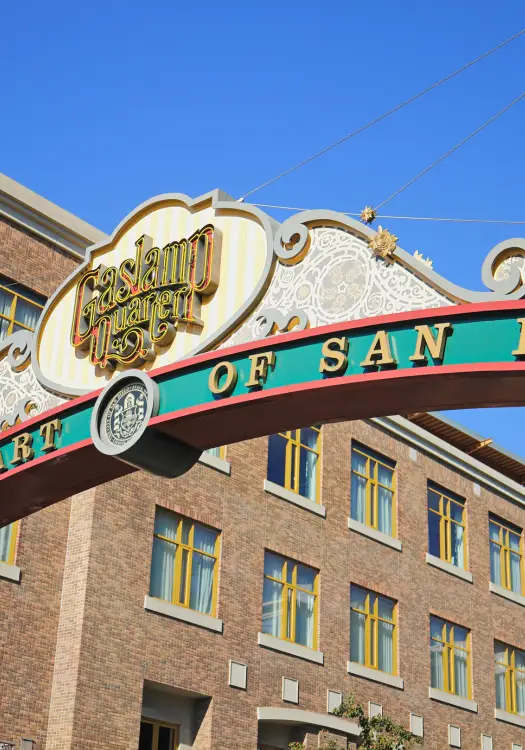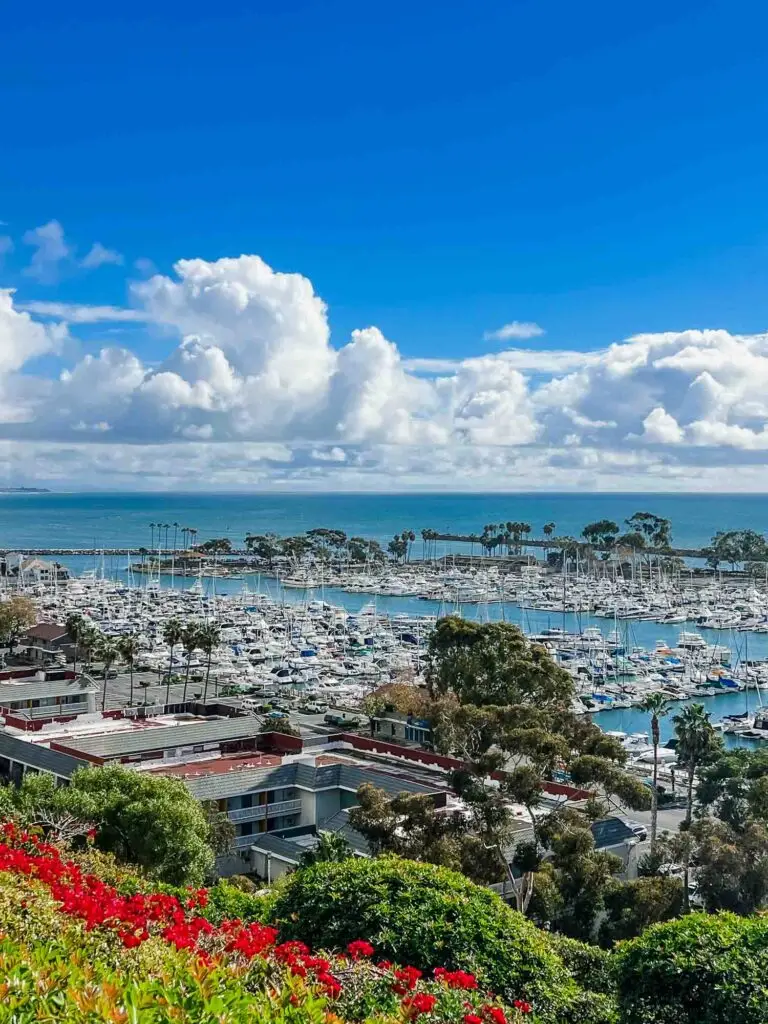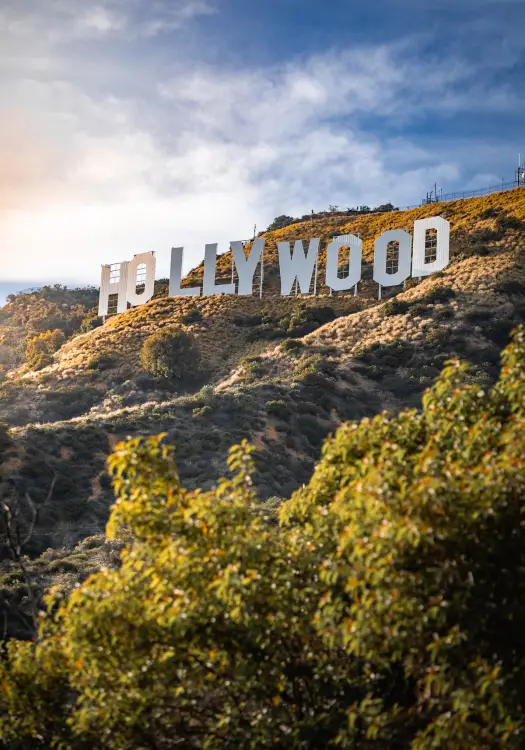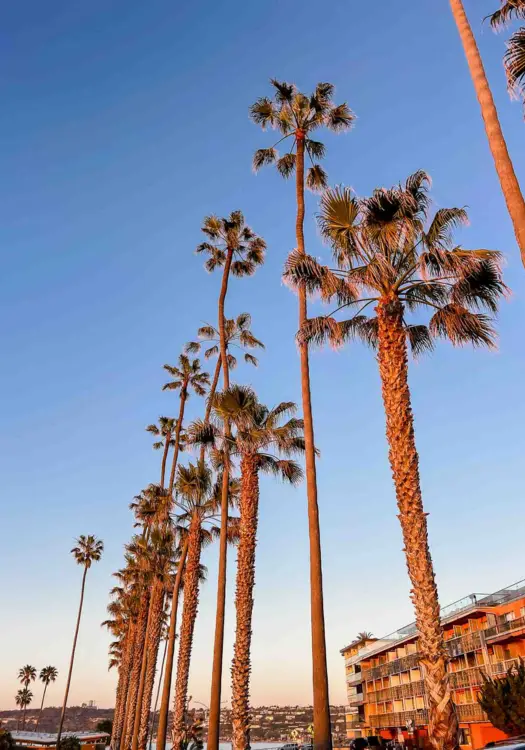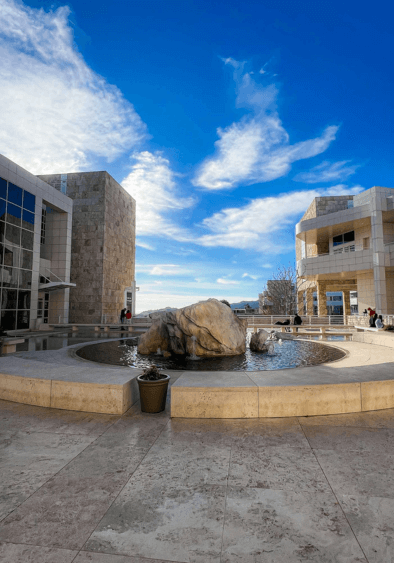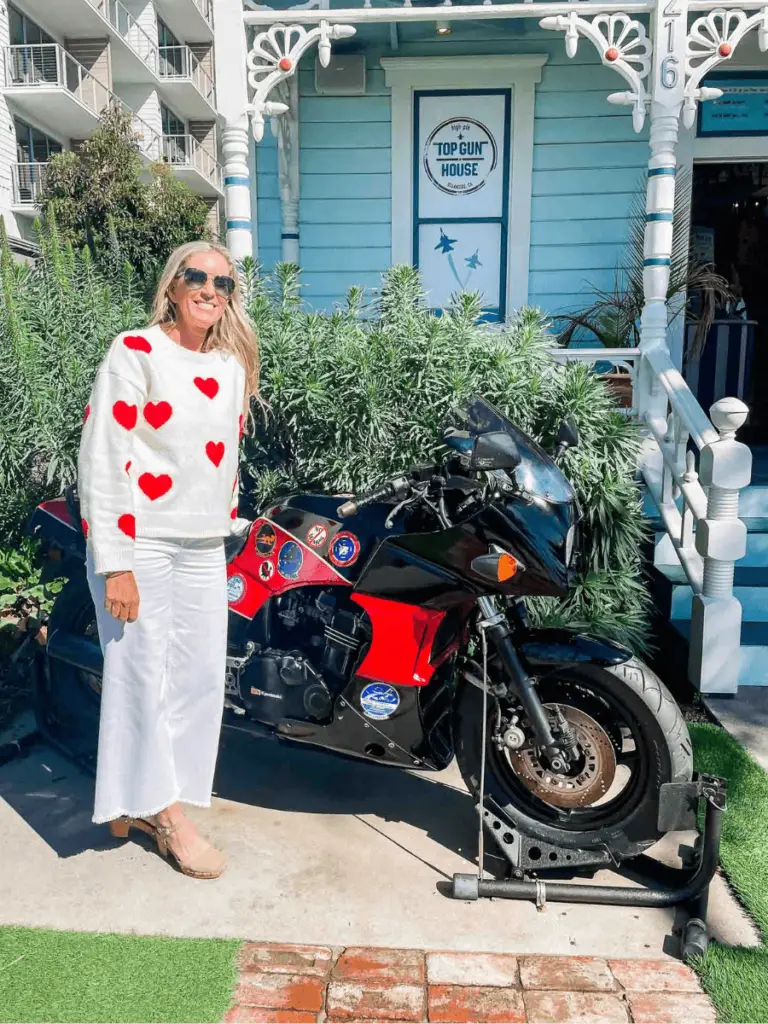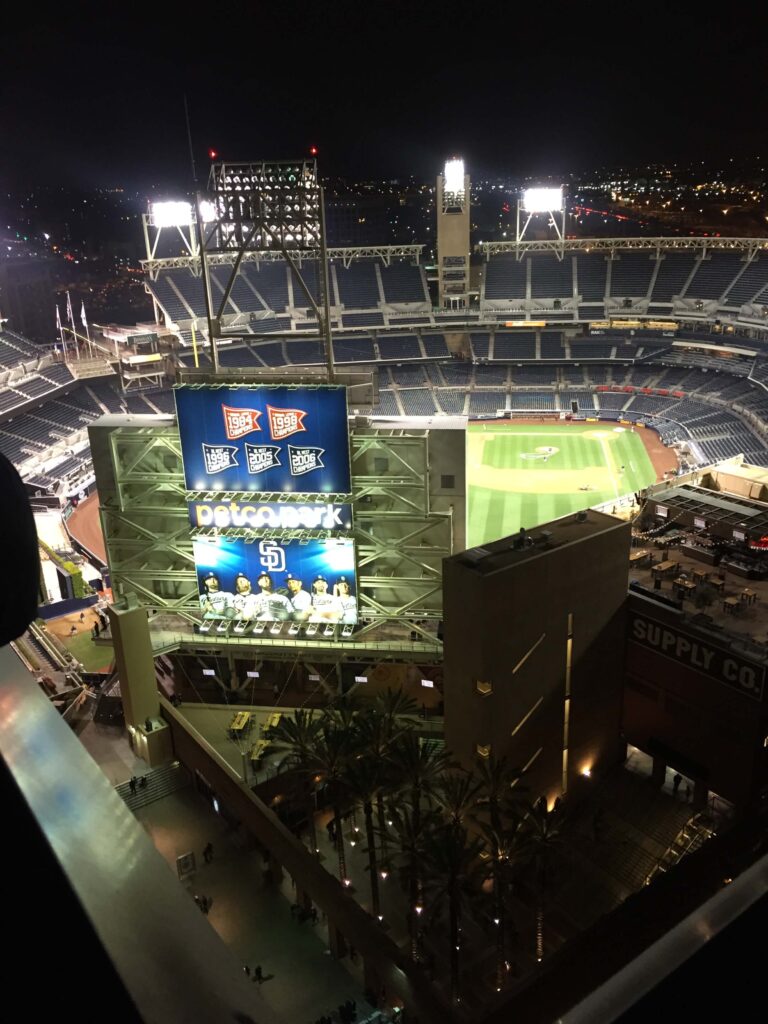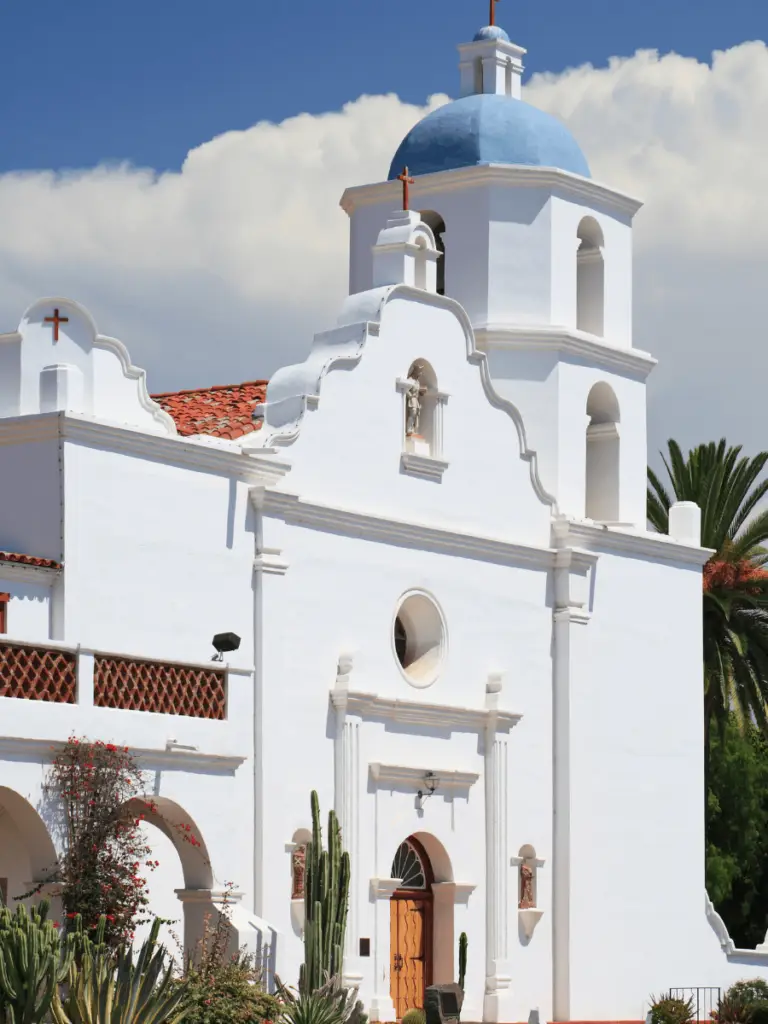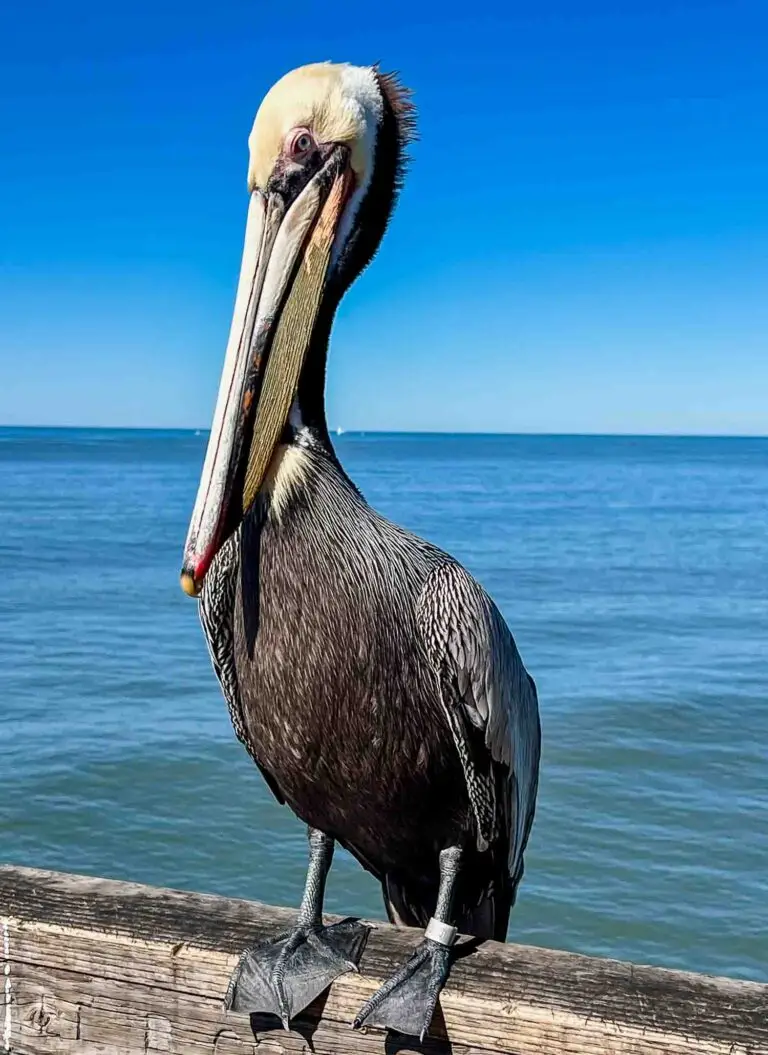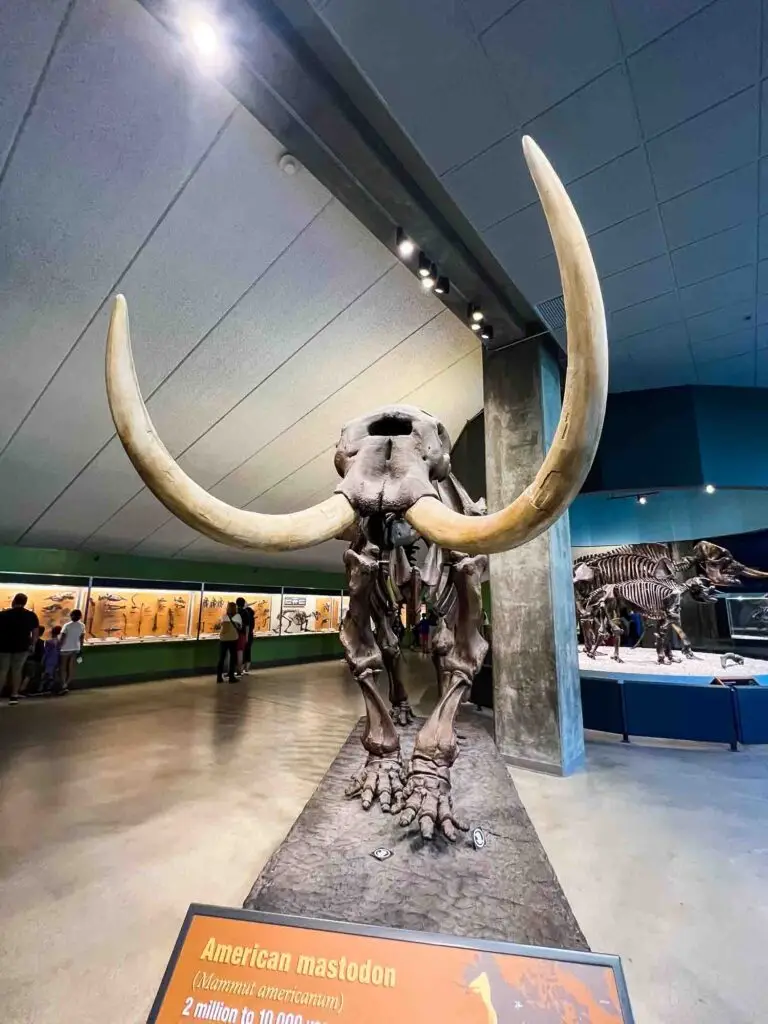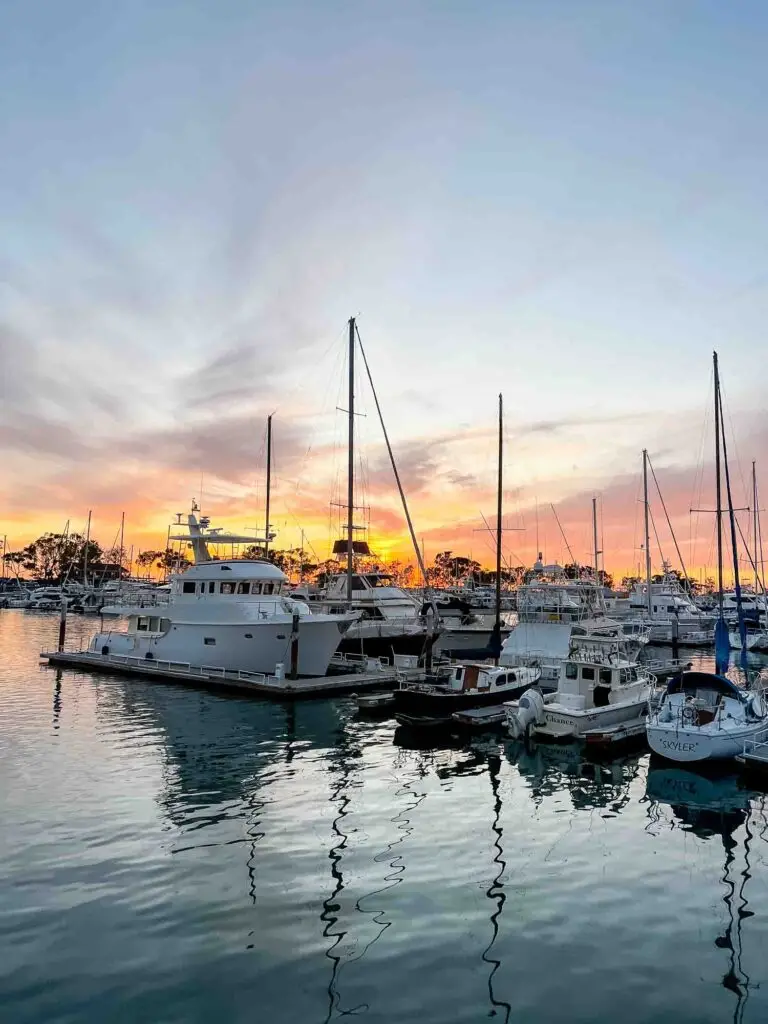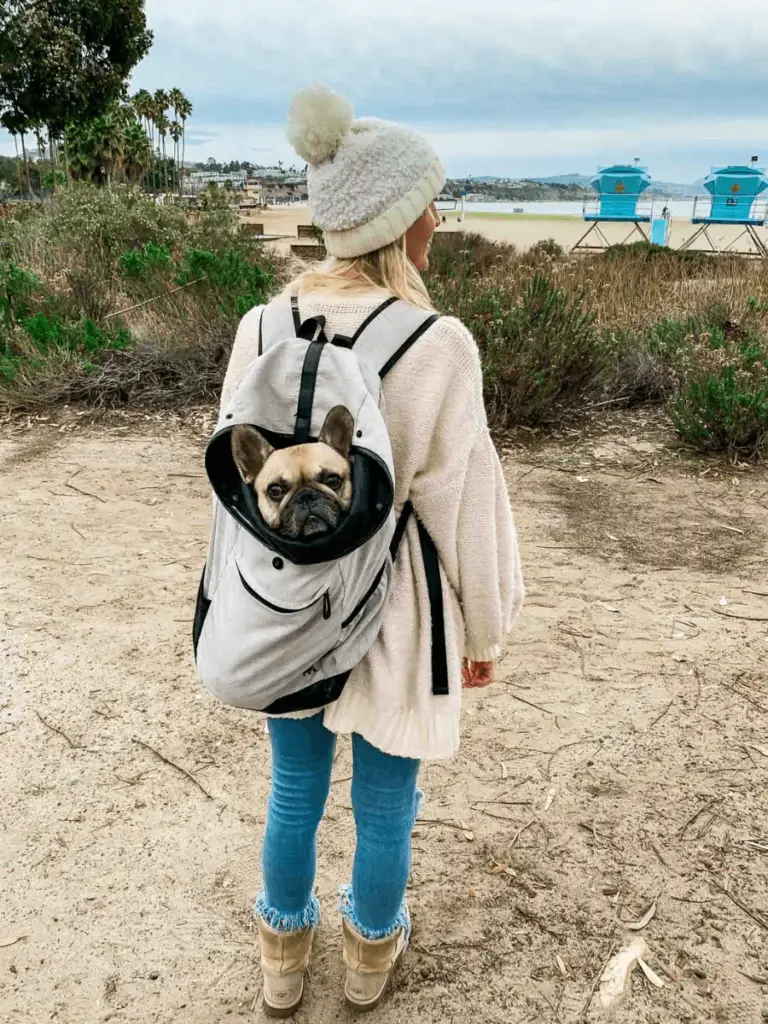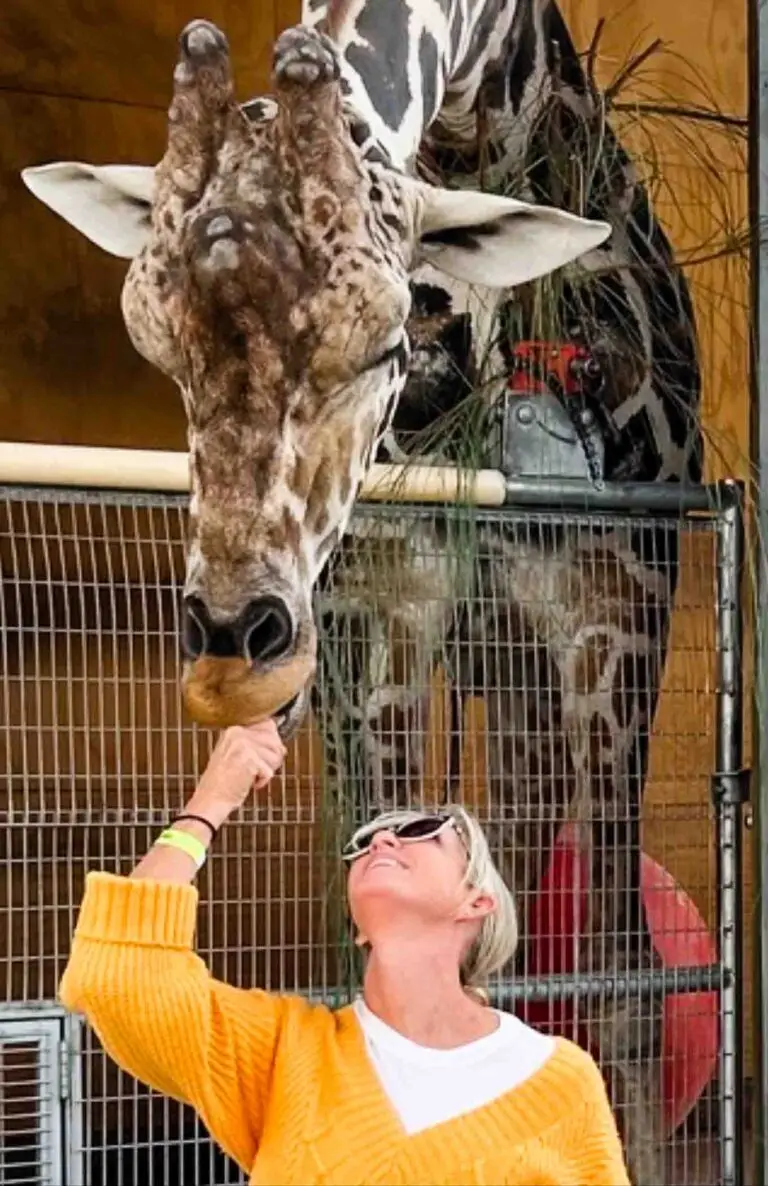The land that the Crystal Cove State Park is on were once home to the Gabrieliño (Tongva) and Juaneño (Acjachemen) tribes.
1769
The shores of Alta California witnessed the arrival of Spanish Colonial missionaries and soldiers, who created a network of presidios, missions, and pueblos.
1776
Founded in 1776, Mission San Juan Capistrano was built just 14 miles to the south of Crystal Cove State Park.
1822
Mexico gained its independence from Spain and Alta California became a territory of the emerging Mexican Republic. The Californios, the esteemed upper class of the region, seized the opportunity and started acquiring private ranch holdings.
1833
The Mexican Government initiated the secularization of missions and allowed for the granting of the former mission lands to private individuals.
1837
In 1837 Jose Andres Sepulveda was given the first land grant in this region.
1864
Andres Sepulveda sold Rancho San Joaquin, and the land that encompasses present-day Crystal Cove State Park to James Irvine and his partners.
1876
James Irvine bought out his partners, gaining sole ownership of this coastal paradise.
1894
James Irvine II inherited the ranch from his father, and he embarked on a transformative journey to diversify the agricultural business. Leasing land to tenant farmers, he established “The Irvine Company.” The vast ranch covered nearly one-third of present-day Orange County, and under his guidance, dry farming thrived with the cultivation of barley, oats, wheat, and hay.
1912
Artist William Wendt, from Laguna Beach, made history by creating the first Plein Air painting of Crystal Cove.
1917
Motion picture companies reportedly “happened upon” the cove at Los Trancos Creek. They recognizing its unique charm and planted the first palm trees, transforming the area into a captivating “paradise of the south seas” set, perfect for film-making.
1910’s-1920’s
The Irvine Company allowed friends and employees to visit the Los Trancos Creek beach area for camping and beach going.
1920
An early rendition of the famous tale “Treasure Island” became the pioneer among commercial movies recorded to be filmed at the picturesque Crystal Cove.
1924
The Irvine Company approved the route for the Pacific Coast Highway.
1925
E. Roy Davidson, a renowned Hollywood technical director, is hired to manage the film set locations as well as camping and beach use at Crystal Cove. At this time tent camping is popular and small shelters and cottages are being built. One room cabins with canvas walls or kit cabins from catalogs become an affordable option for summer vacationing.
1926
Pacific Coast Highway opens and creates a scenic path between Corona del Mar and Laguna Beach, officially granting the public access to the enchanting embrace of Crystal Cove.
1927
Elizabeth Wood, a frequent visitor and wife of Merrill, a close friend of manager Roy Davidson, christened the beach and creek area as “Crystal Cove.”
As the area’s popularity surged, Japanese farmers leased land from The Irvine Company. They erected homes and barns and planted hundreds of crops surrounding hillsides. They sold fresh produce from roadside stands along the Pacific Coast Highway.
Further south, “Tyron’s Camp,” emerged along the PCH at the picturesque junction of the beach and Moro Canyon’s inland creek. This multifaceted haven catered to visitors with a café, auto camp, and tent campground.
1930’s
Crystal Cove’s allure captivated families, drawing them back year after year to their cherished leased “spots.” The humble “kit cabins,” small shelters, and seasonal tents underwent constant improvements, adding to the charm and comfort of the Cove’s rustic dwellings. Moreover, other families opted to rent spots on the scenic south beach.
1934
The local Japanese farming community proudly established their very own community center, the Gakuen or Japanese Language School. This historic building stands tall within the heart of the Crystal Cove Historic District, a testament to the rich cultural heritage and unity that thrived in the area during that time.
1936-1938
A total of 47 charming cottages had been built and The Irvine Company initiated the process of formalizing the camping leases, allowing for annual renewals.
Under these new lease agreements, The Irvine Company retained ownership of both the land and the cottages.
1939
Orange County officials imposed restrictions on the construction of additional cabins at Crystal Cove, citing limitations in infrastructure such as water, power, and sewer facilities. As a result, the Irvine leases were revised to allow tenants the freedom to make certain improvements, such as painting, resurfacing, or changing water heaters and fixtures, but square foot additions were prohibited after 1939.
1941
Pearl Harbor, Hawaii is attacked.
1942
Executive Order 0096 mandated the forced evacuation of Japanese Americans from the Pacific Coast during World War II. This order forced all Japanese Americans in Crystal Cove to the internment camp in Poston, Arizona.
1942-1945
The US military requisitioned approximately 4,000 acres from the Irvine ranch to serve their military needs, including coastal defense systems.
Within the boundaries of the park, a “base end station” or “spotting station” was erected above Abalone Point. The Japanese Schoolhouse, previously used by the community, was now converted for military purposes. Its role was to enable a coastal defense crew to observe and provide critical data for the operation of a battery of guns aimed at specific targets.
1950’s
With forty-six cottages still standing, along with the summer beach tent-campers, the Cove experienced its peak years.
1956
The once-thriving Tyron’s Camp took on a new identity, transforming into a permanent mobile home facility named “El Morro Beach Trailer Park.”
1962
The County made a significant decision that marked the end of an era for Crystal Cove Historic District. Due to mounting concerns about public health and safety, the beach tent camping and day use activities were discontinued.
Following the cessation of these activities, more and more cottages were occupied year-round.
1971
The Irvine Company unveiled development plans envisioning a Riviera-style coastal resort. Spanning the area between Corona del Mar and Laguna Beach, the proposal included the creation of two large regional parks and a 3.5-mile coastal walkway.
The resort’s grand design included the construction of ten resort hotels, and several thousand rental units.
1979
The Irvine Company sold a portion of the land to the State of California as parkland.
As concerns about the potential loss of the community grew, the Crystal Cove Historic District was nominated for and successfully listed on the National Register of Historic Places. With mounting interest from the community in preserving the area as a state park, the movement gained momentum.
1982
The Crystal Cove State Park general plan received approval from the State Parks and Recreation Commission.
The plan outlined re-purpose of the Crystal Cove cottages, refurbishing them for public space use. The plan also envisioned the conversion of the El Morro Trailer Park area into a space for public camping and day use.
Despite the vision, the necessary state funds for implementing these improvements were unavailable at the time. In response, the leases for both areas were extended for a period of 20 years.
1997
The State signed a 60-year concession contract with private developers. This contract marked the beginning of an endeavor to convert the historic Crystal Cove cottages into a luxurious resort.
1999
The Alliance to Save Crystal Cove, was created to halt the development of the planned luxury resort. This alliance garnered widespread support as numerous preservation and environmental groups rallied behind the cause.
Amidst these endeavors, the State Parks stepped forward with a new vision for the El Morro Trailer Park area. They began planning for its conversion into a public campground and day use area.
2001
The Crystal Cove Alliance and a coalition of supporters dedicated to preserving the Historic District united their efforts, voicing their strong opposition to the planned development. The California Coastal Conservancy allocated $2 million to the State Parks for the purpose of buying out the concession contract from the resort developers.
2003
The Crystal Cove Historic District Preservation and Public Use Plan (PPUP) is created. This comprehensive plan underwent thorough environmental review and earned the approval of the State Parks Commission.
With the PPUP in place, State Parks took decisive action to bring the plan to life. Utilizing bond funds and Coastal Commission mitigation funds, they initiated Phase I Restoration, focusing on the restoration of the first 22 cottages and key infrastructure within the Historic District.
2003-2006
Thirteen cottages were restored for overnight rentals. These beautifully preserved cottages now offered visitors a unique opportunity to immerse themselves in the rich history and charm of Crystal Cove.
Nine cottages were also restored and used for operational purposes such as food concession areas.
2005
The Crystal Cove Alliance, through their for-profit entity, Crystal Cove Beach Cottages, secured the concession contract to operate the overnight rental and food services within the Historic District.
2006
The first overnight guests checked in and the Beachcomber Restaurant opened its doors.
In parallel, the tenants of the El Morro Beach Trailer Park reached the end of a lengthy legal battle, resulting in their vacation from the premises. Following their departure, the trailers were removed, making way for the development of a public campground and day-use facility.
2007
The Park and Marine Research Facility opened its doors at Cottage 22, becoming a hub of research and education within the Cove.
The Phase I Restoration Project was honored with the prestigious Governor’s Historic Preservation Award.
2009-2011
The Phase II Restoration project took shape at Crystal Cove State Park. In this period, seven additional cottages were restored to their former glory.
The restoration efforts also extended to the Hollow Garages, breathing new life into these significant structures and ensuring they would continue to stand as integral pieces of the Cove’s history.
In addition to the cottages and garages, interpretive facilities including the Commons and Cottage 13 were thoughtfully restored. These spaces were dedicated to providing educational and immersive experiences, allowing visitors to gain a deeper understanding of the Cove’s cultural and natural significance.
2012-2013
Crystal Cove State Park continued to receive generous support from its dedicated community. Through the Crystal Cove Alliance (CCA), State Parks received a substantial donation of $1 million to enhance the park’s interpretive facilities.
2013
The Phase III Restoration Project aimed to restore the remaining 17 cottages in the North Beach area, preserving their historical charm and cultural significance.
In addition to the cottage restoration, the project also involved conceptual design work for infrastructure improvements. These enhancements aimed to enhance the overall visitor experience.
In 2014, Crystal Cove State Park and the Crystal Cove Alliance (CCA) took significant steps towards the realization of the Phase III Restoration Project.
2017
The Crystal Cove Alliance becomes the Crystal Cove Conservancy.
The Conservancy’s Mission
Crystal Cove Conservancy is the nonprofit public benefit partner to Crystal Cove State Park, employing a social enterprise model to fund important preservation, education, and conservation initiatives that will cultivate our planet’s next generation of environmental stewards ensuring that Crystal Cove, and places like it, live on for generations.


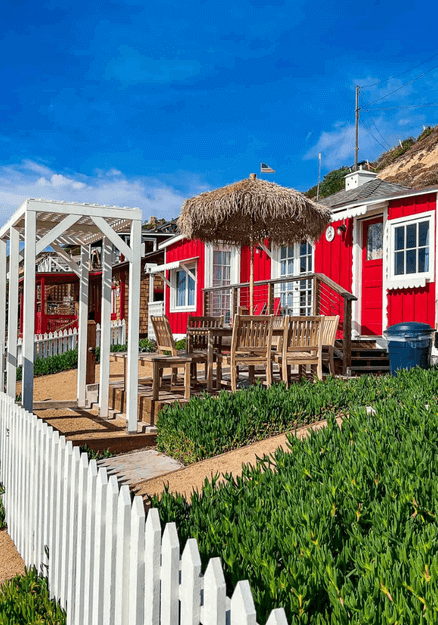

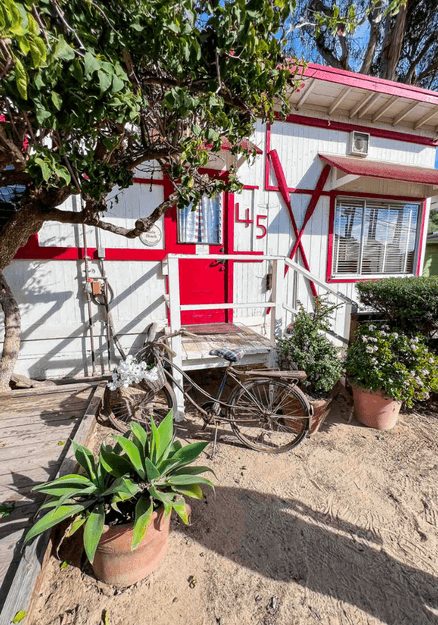
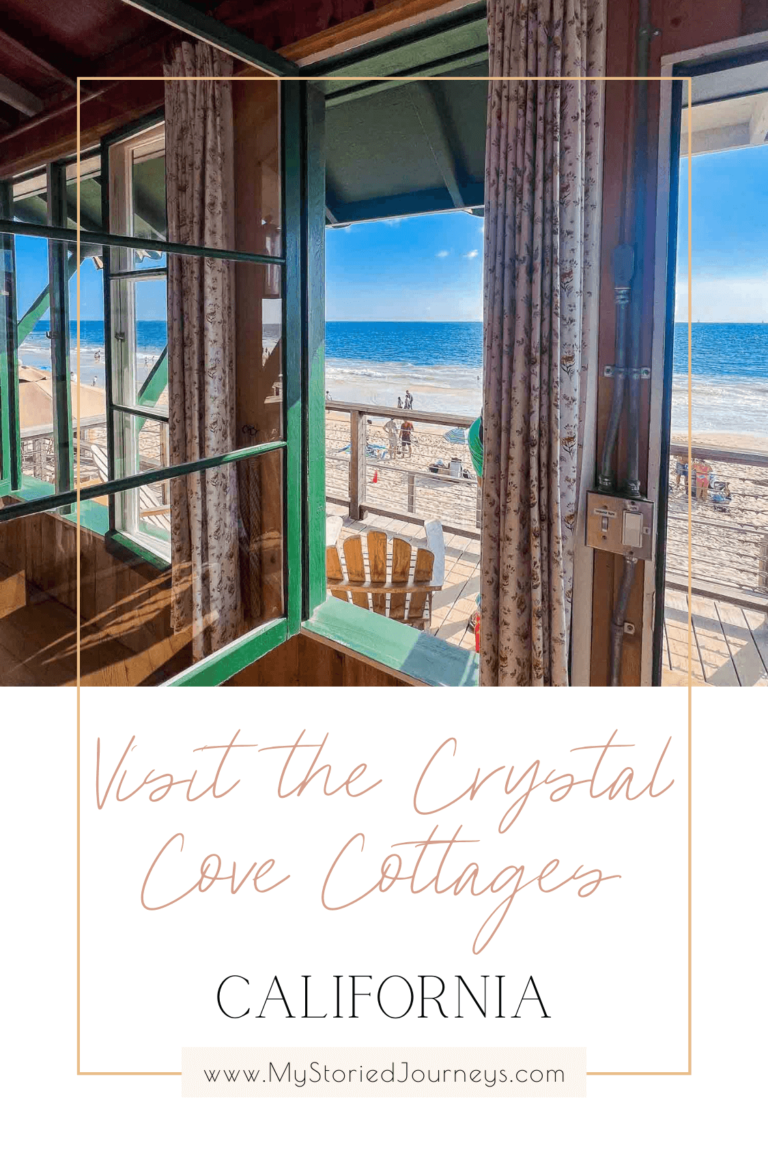

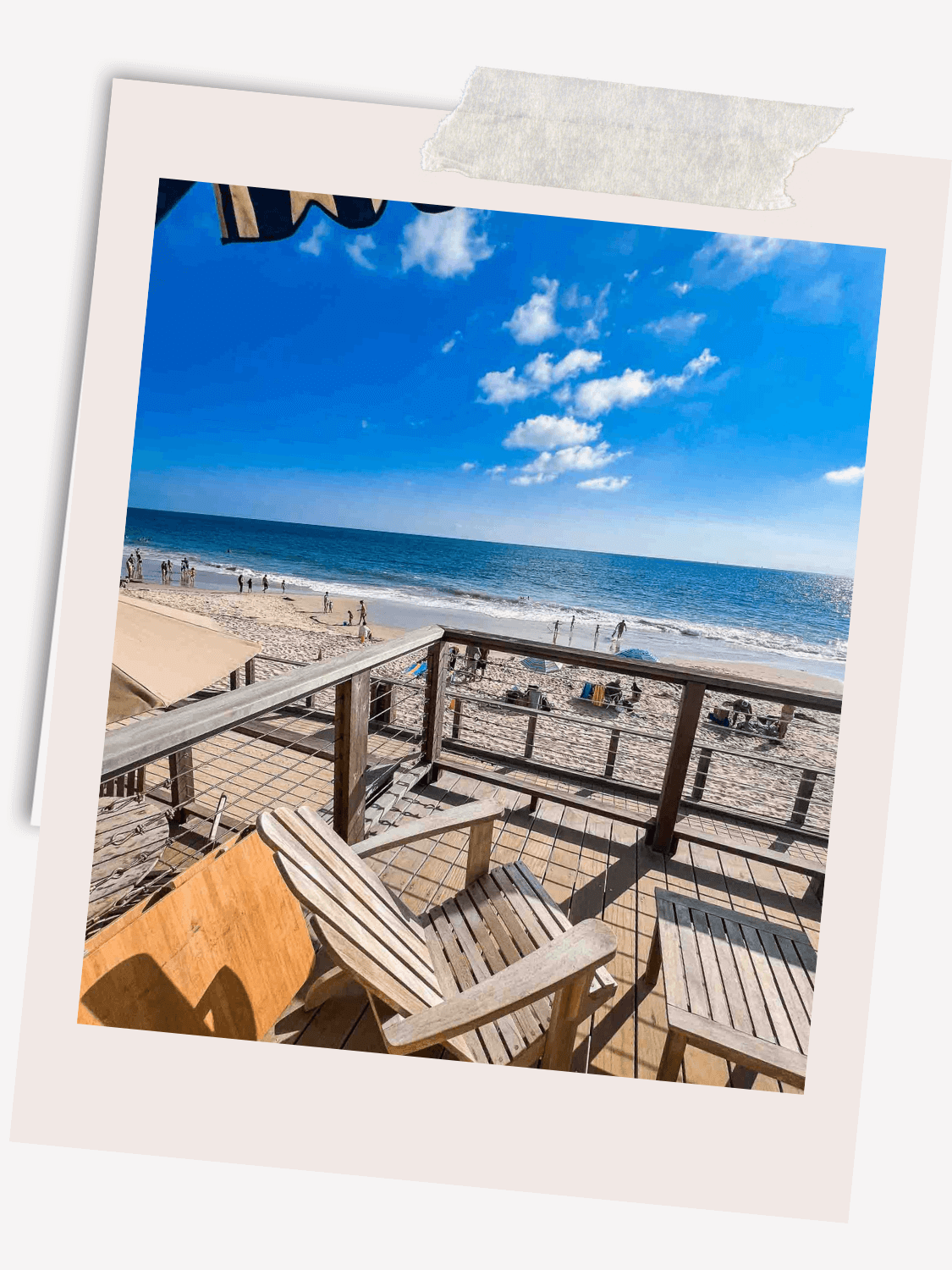 Nestled along the pristine shores of Newport Beach,
Nestled along the pristine shores of Newport Beach, 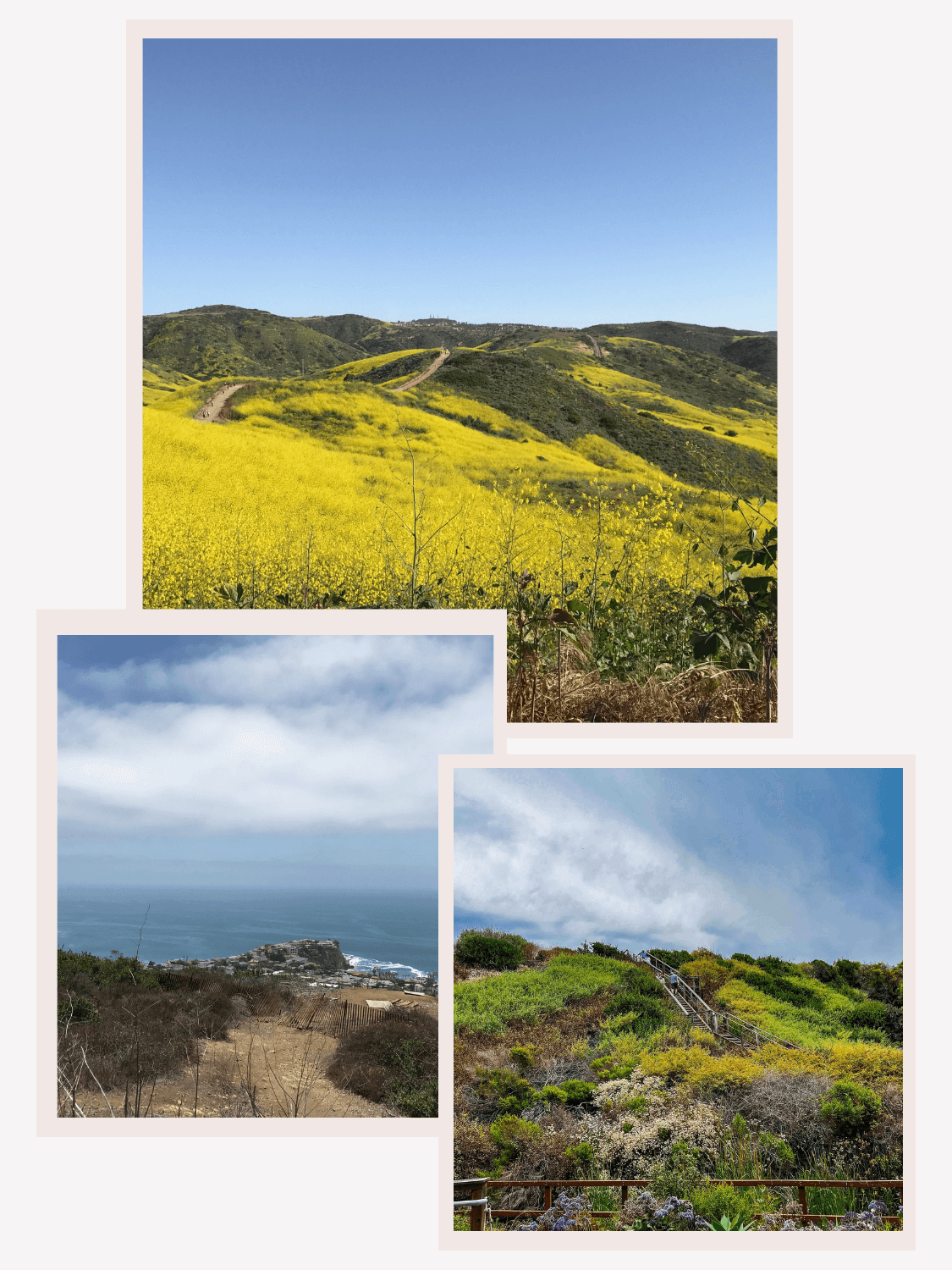 The Crystal Cove Cottages and Historic District are located within the
The Crystal Cove Cottages and Historic District are located within the 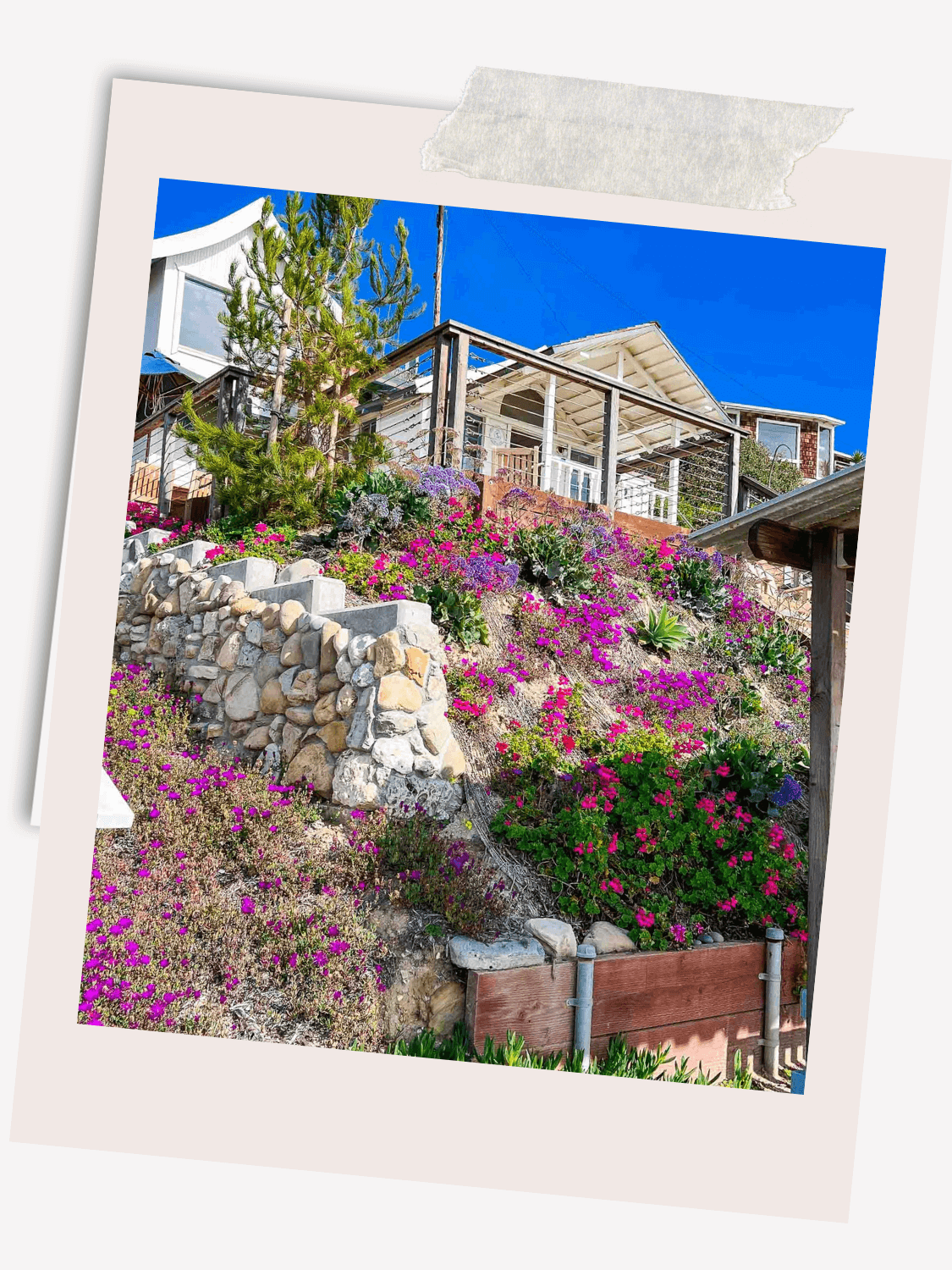 The
The 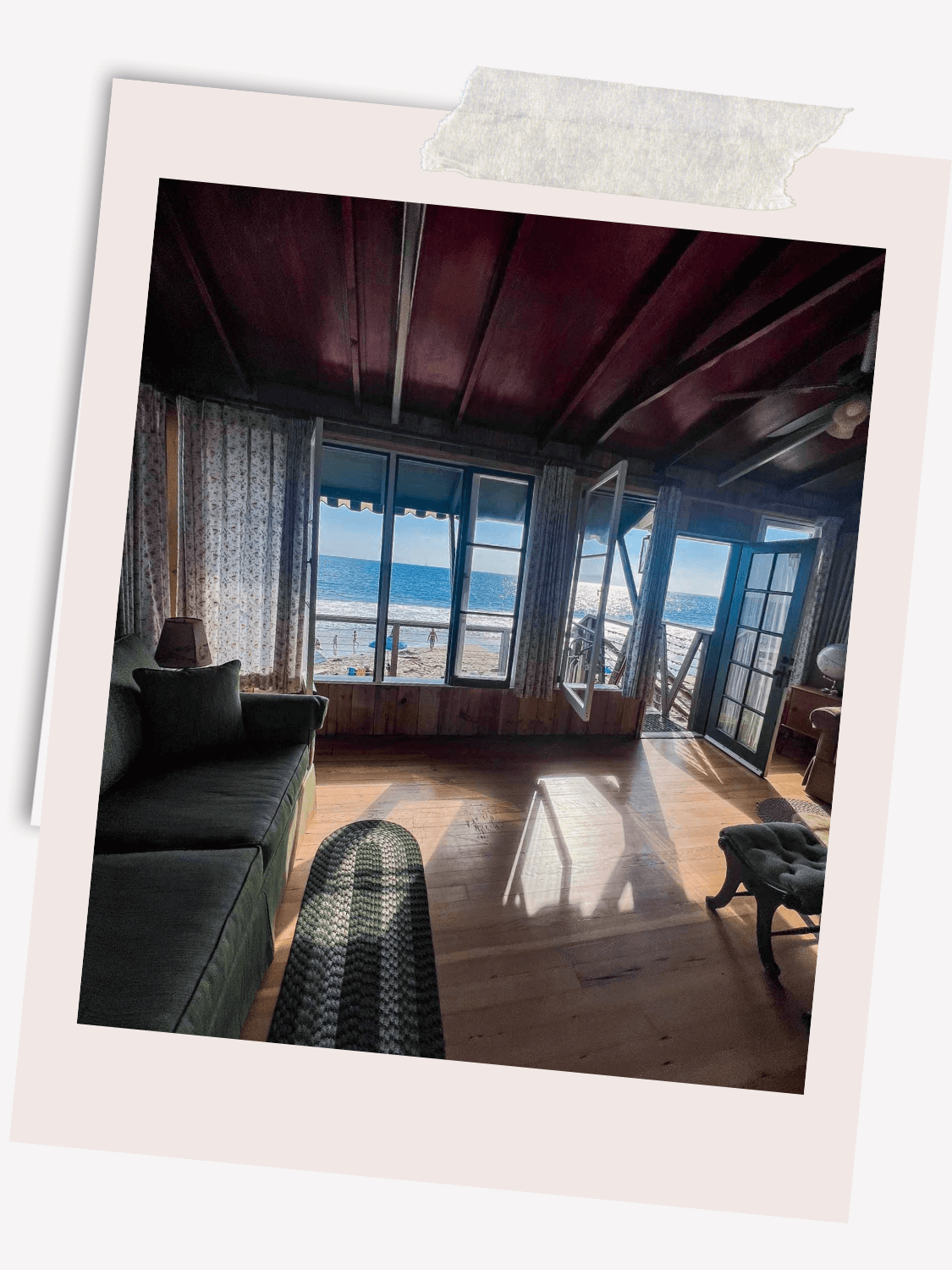 The Crystal Cove Beach Cottages, nestled along the picturesque coastline of Crystal Cove State Park, have a fascinating history that began long before their construction in the 1920s. Originally part of Rancho San Joaquin, a vast Mexican land grant owned by José Andrés Sepúlveda in the mid-1800s, the land was primarily used for cattle grazing. In 1864, the land was sold to James Irvine, founder of the Irvine Ranch, which encompassed much of the surrounding area. The Irvine family used the land for agricultural purposes, leaving the coastal region largely undeveloped for decades.
The Crystal Cove Beach Cottages, nestled along the picturesque coastline of Crystal Cove State Park, have a fascinating history that began long before their construction in the 1920s. Originally part of Rancho San Joaquin, a vast Mexican land grant owned by José Andrés Sepúlveda in the mid-1800s, the land was primarily used for cattle grazing. In 1864, the land was sold to James Irvine, founder of the Irvine Ranch, which encompassed much of the surrounding area. The Irvine family used the land for agricultural purposes, leaving the coastal region largely undeveloped for decades.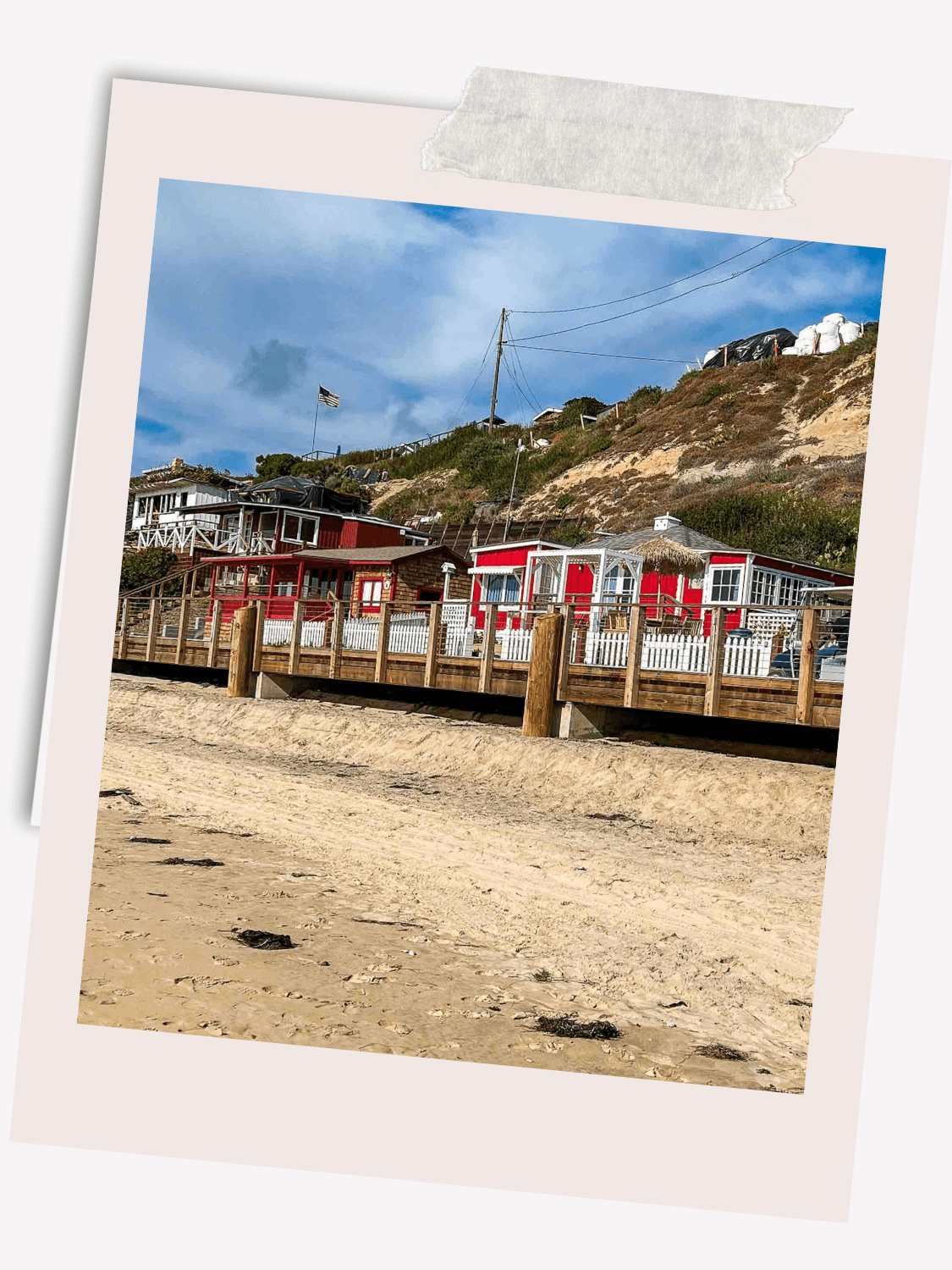 Over the following decades, the once-thriving seaside community of Crystal Cove Beach Cottages fell into neglect. Saltwater, wind, and time took their toll on the structures, leaving many in a state of decay. The cottages sat abandoned for years as debates over their future ensued. Fortunately, the cottages’ historical significance was recognized, and conservation efforts gained momentum. In 1979, Crystal Cove was designated a state park, but it wasn’t until the early 2000s that restoration efforts truly began.
Over the following decades, the once-thriving seaside community of Crystal Cove Beach Cottages fell into neglect. Saltwater, wind, and time took their toll on the structures, leaving many in a state of decay. The cottages sat abandoned for years as debates over their future ensued. Fortunately, the cottages’ historical significance was recognized, and conservation efforts gained momentum. In 1979, Crystal Cove was designated a state park, but it wasn’t until the early 2000s that restoration efforts truly began.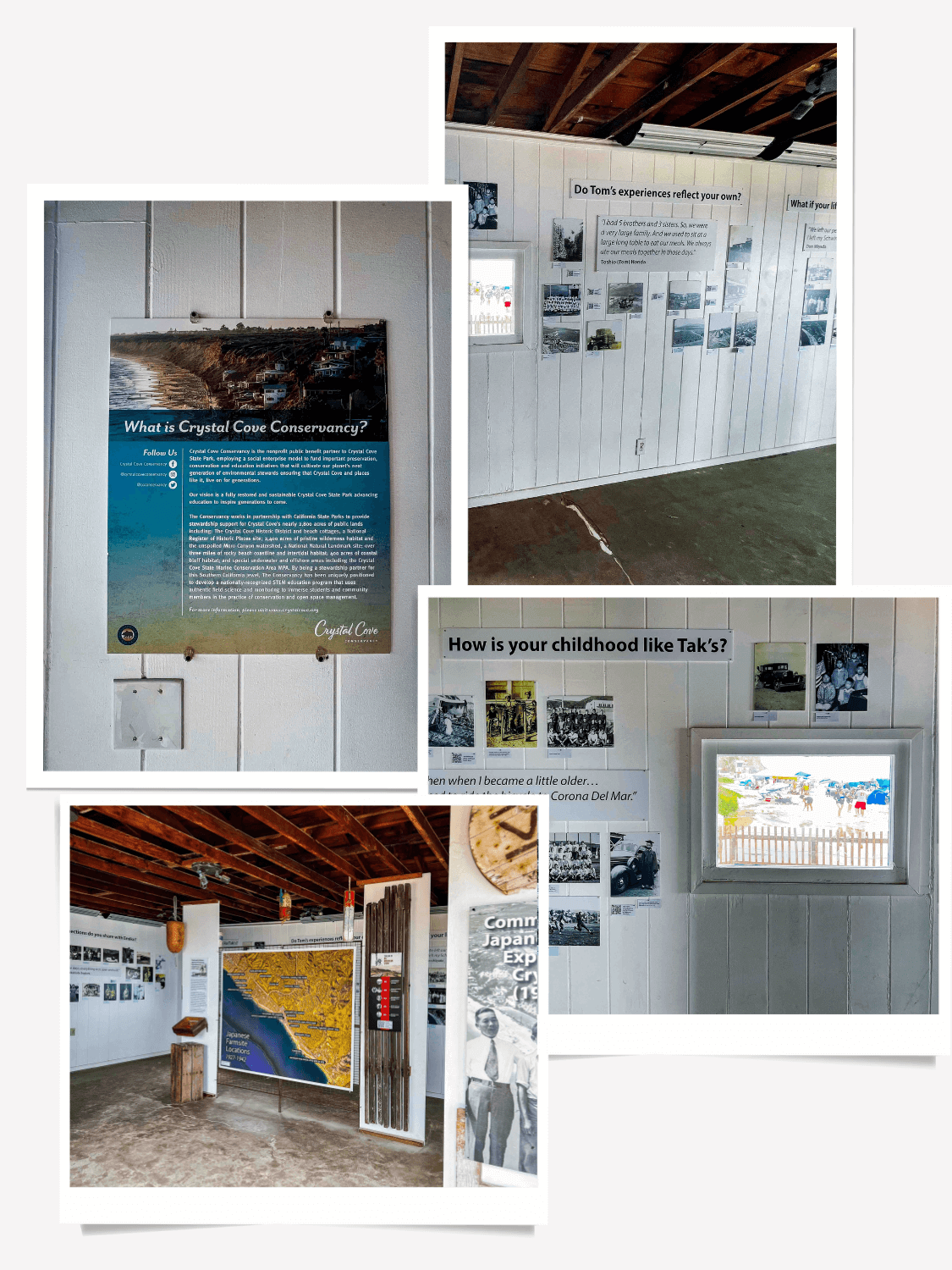 The Crystal Cove Beach Cottages have long been a cherished part of Newport Beach history, and now, thanks to a new exhibit unveiled by The Crystal Cove Conservancy, visitors can explore an important and often overlooked chapter of that history. Located in Cottage #46, the exhibit, titled Japanese American Experiences at Crystal Cove (1927-1942), delves into the lives of Japanese American families who lived and worked in the area during the early 20th century. Through photos, artifacts, and personal stories, the exhibit offers a poignant glimpse into the community that played a vital role in shaping the Crystal Cove Beach Cottages during this period.
The Crystal Cove Beach Cottages have long been a cherished part of Newport Beach history, and now, thanks to a new exhibit unveiled by The Crystal Cove Conservancy, visitors can explore an important and often overlooked chapter of that history. Located in Cottage #46, the exhibit, titled Japanese American Experiences at Crystal Cove (1927-1942), delves into the lives of Japanese American families who lived and worked in the area during the early 20th century. Through photos, artifacts, and personal stories, the exhibit offers a poignant glimpse into the community that played a vital role in shaping the Crystal Cove Beach Cottages during this period.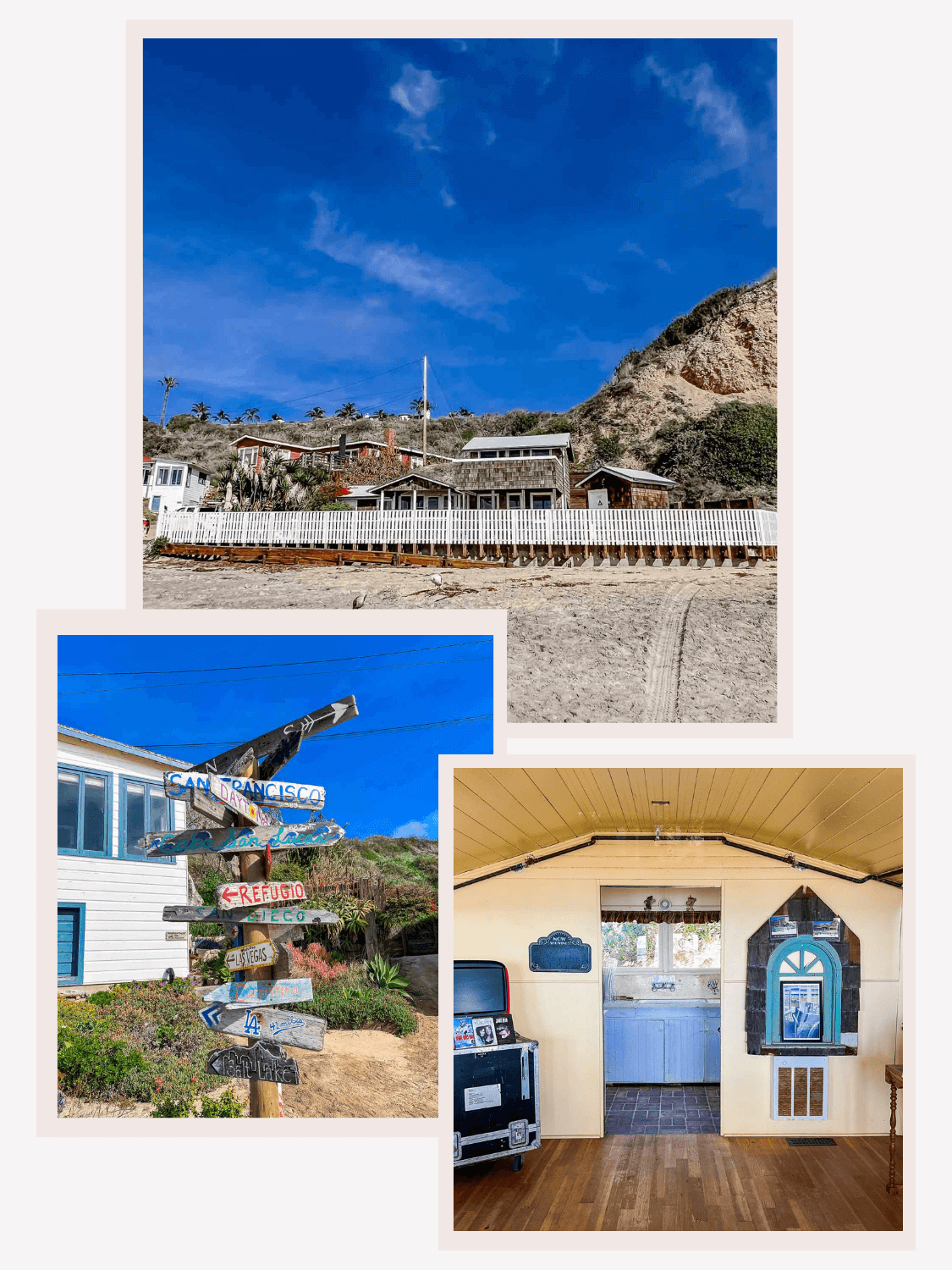 One of the most iconic Crystal Cove State Park cottages is the cottage famously featured in the 1988 film Beaches starring Bette Midler. Nestled along the picturesque shoreline, this historic structure has become a must-see for visitors to Crystal Cove State Park. The cottage, known for its charming, rustic architecture and stunning ocean views, played a significant role in the movie’s heartwarming and emotional scenes, making it a beloved spot for fans and beachgoers alike.
One of the most iconic Crystal Cove State Park cottages is the cottage famously featured in the 1988 film Beaches starring Bette Midler. Nestled along the picturesque shoreline, this historic structure has become a must-see for visitors to Crystal Cove State Park. The cottage, known for its charming, rustic architecture and stunning ocean views, played a significant role in the movie’s heartwarming and emotional scenes, making it a beloved spot for fans and beachgoers alike.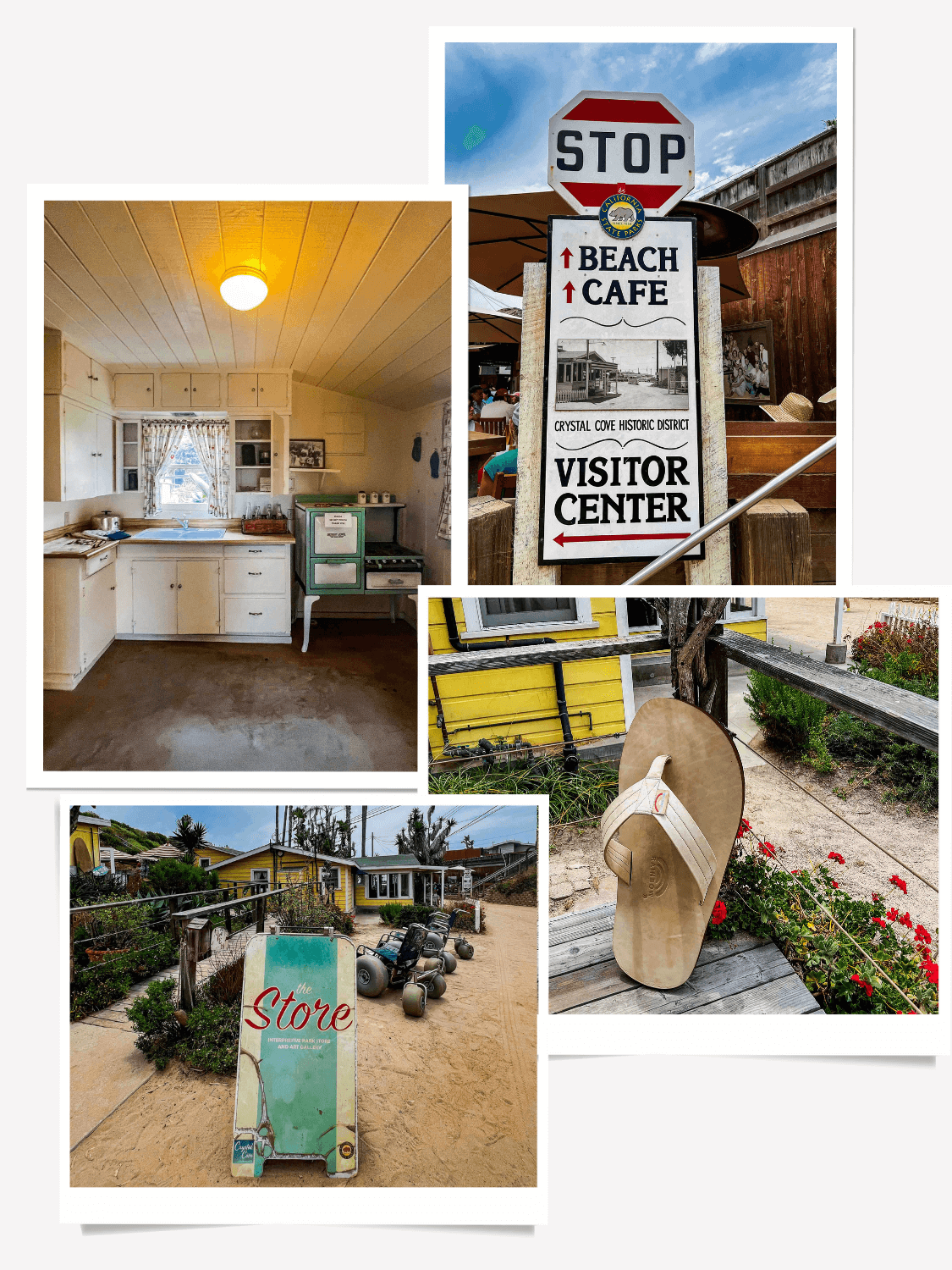 At the Crystal Cove Cottages Visitor Center, visitors can step back in time and experience what life was like in a Southern California beach cottage during the 1930s and 1940s. The preserved cottage interior offers a glimpse into a bygone era, complete with period-appropriate furniture, a vintage kitchen with original appliances, and cozy living room decor that evokes the charm of early beachfront living. A knowledgeable docent is on hand to guide you through the space, sharing fascinating stories about the history of the cottages and the surrounding area, including how Crystal Cove evolved from a secluded community to a protected state park.
At the Crystal Cove Cottages Visitor Center, visitors can step back in time and experience what life was like in a Southern California beach cottage during the 1930s and 1940s. The preserved cottage interior offers a glimpse into a bygone era, complete with period-appropriate furniture, a vintage kitchen with original appliances, and cozy living room decor that evokes the charm of early beachfront living. A knowledgeable docent is on hand to guide you through the space, sharing fascinating stories about the history of the cottages and the surrounding area, including how Crystal Cove evolved from a secluded community to a protected state park.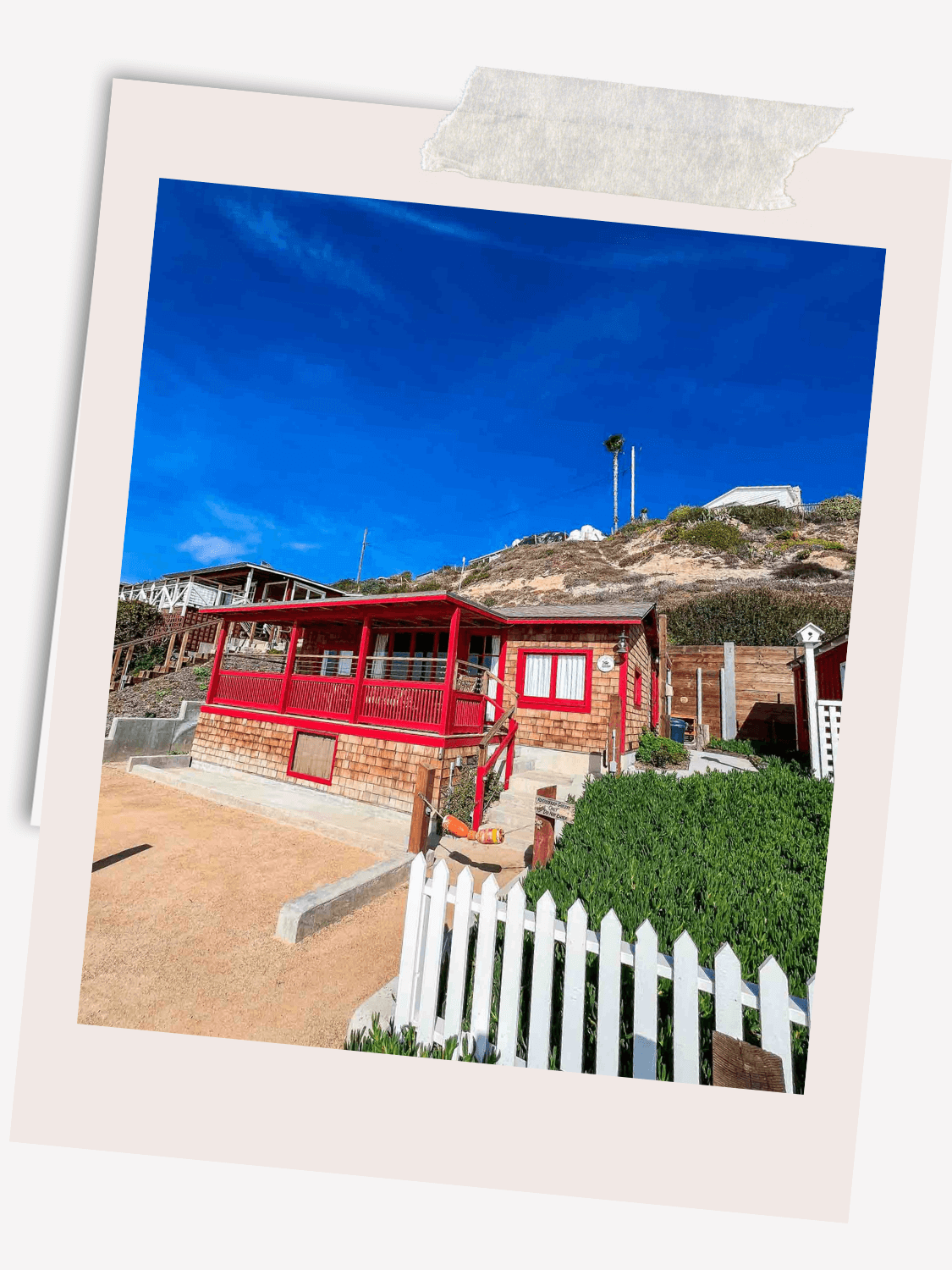 There are 46 Crystal Cove Cottages in total, each reflecting the charm of early 20th-century beach life. Of these, 29 cottages have been lovingly refurbished and are available for public rental. These restored cottages offer guests the unique experience of staying in a piece of California history, complete with vintage furnishings, stunning ocean views, and a relaxing, rustic atmosphere.
There are 46 Crystal Cove Cottages in total, each reflecting the charm of early 20th-century beach life. Of these, 29 cottages have been lovingly refurbished and are available for public rental. These restored cottages offer guests the unique experience of staying in a piece of California history, complete with vintage furnishings, stunning ocean views, and a relaxing, rustic atmosphere.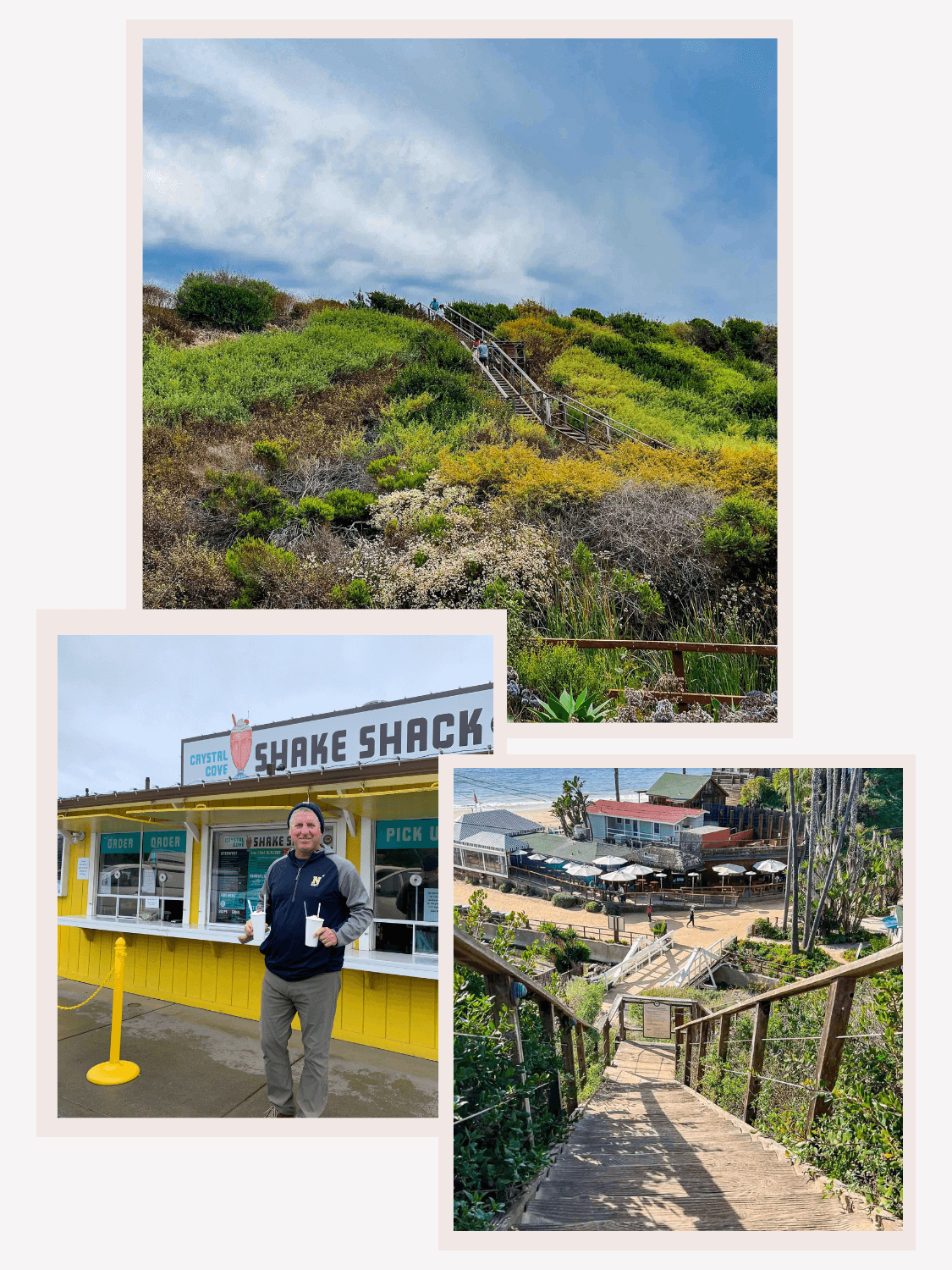 You can walk up from the Crystal Cove Cottages to enjoy a delicious shake at the iconic Shake Shack, perched just above the beach on the scenic Pacific Coast Highway. Originally built in 1946 as the Date Shack, this charming roadside stand was a beloved stop for travelers exploring California’s coastline. In its early days, the Date Shack served fresh date shakes and simple snacks to motorists traveling along the coast, quickly becoming a favorite among beachgoers and road-trippers alike.
You can walk up from the Crystal Cove Cottages to enjoy a delicious shake at the iconic Shake Shack, perched just above the beach on the scenic Pacific Coast Highway. Originally built in 1946 as the Date Shack, this charming roadside stand was a beloved stop for travelers exploring California’s coastline. In its early days, the Date Shack served fresh date shakes and simple snacks to motorists traveling along the coast, quickly becoming a favorite among beachgoers and road-trippers alike.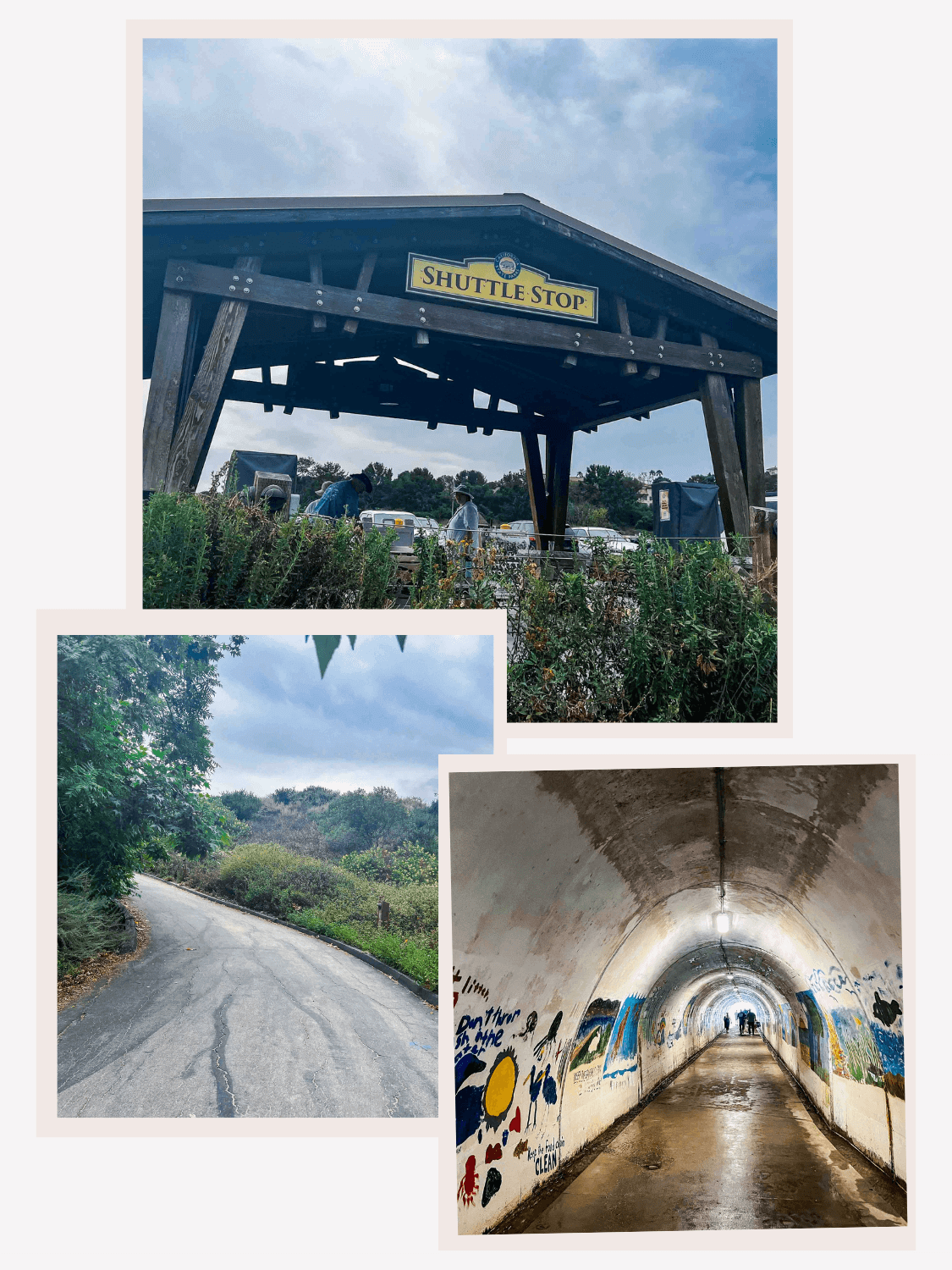 Getting down to the Crystal Cove Cottages is part of the charm of visiting this coastal retreat. Located within Crystal Cove State Park, you’ll park at the Los Trancos parking lot, situated just off Pacific Coast Highway. From there, a short shuttle ride will take you down to the beachfront, or if you prefer a scenic walk, there’s a well-marked trail leading directly to the cottages. As you descend, you’ll be treated to sweeping views of the Pacific Ocean and the surrounding bluffs, adding to the feeling of stepping back in time at this historic and tranquil seaside hideaway.
Getting down to the Crystal Cove Cottages is part of the charm of visiting this coastal retreat. Located within Crystal Cove State Park, you’ll park at the Los Trancos parking lot, situated just off Pacific Coast Highway. From there, a short shuttle ride will take you down to the beachfront, or if you prefer a scenic walk, there’s a well-marked trail leading directly to the cottages. As you descend, you’ll be treated to sweeping views of the Pacific Ocean and the surrounding bluffs, adding to the feeling of stepping back in time at this historic and tranquil seaside hideaway.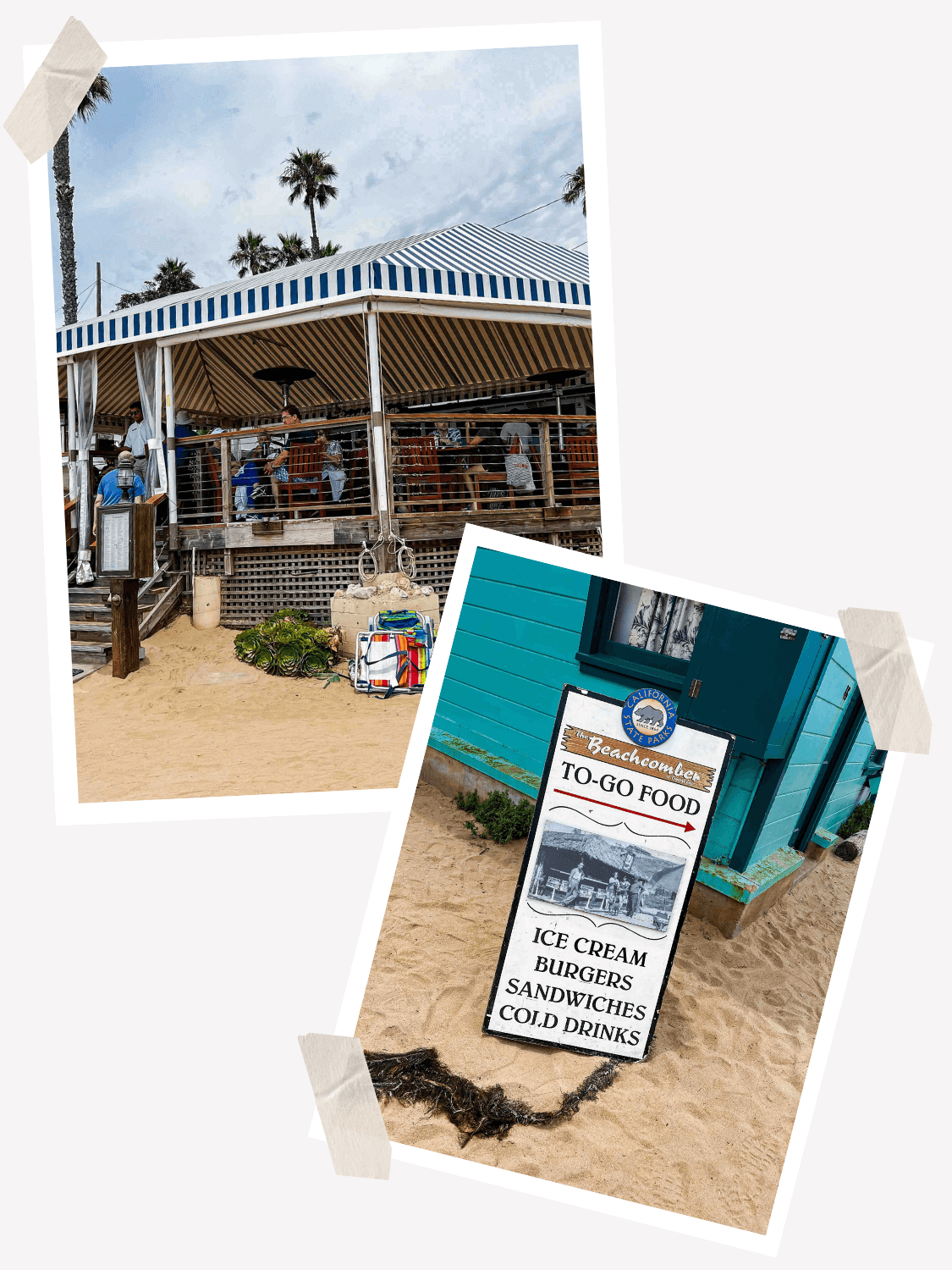 Nestled right on the beach, the
Nestled right on the beach, the 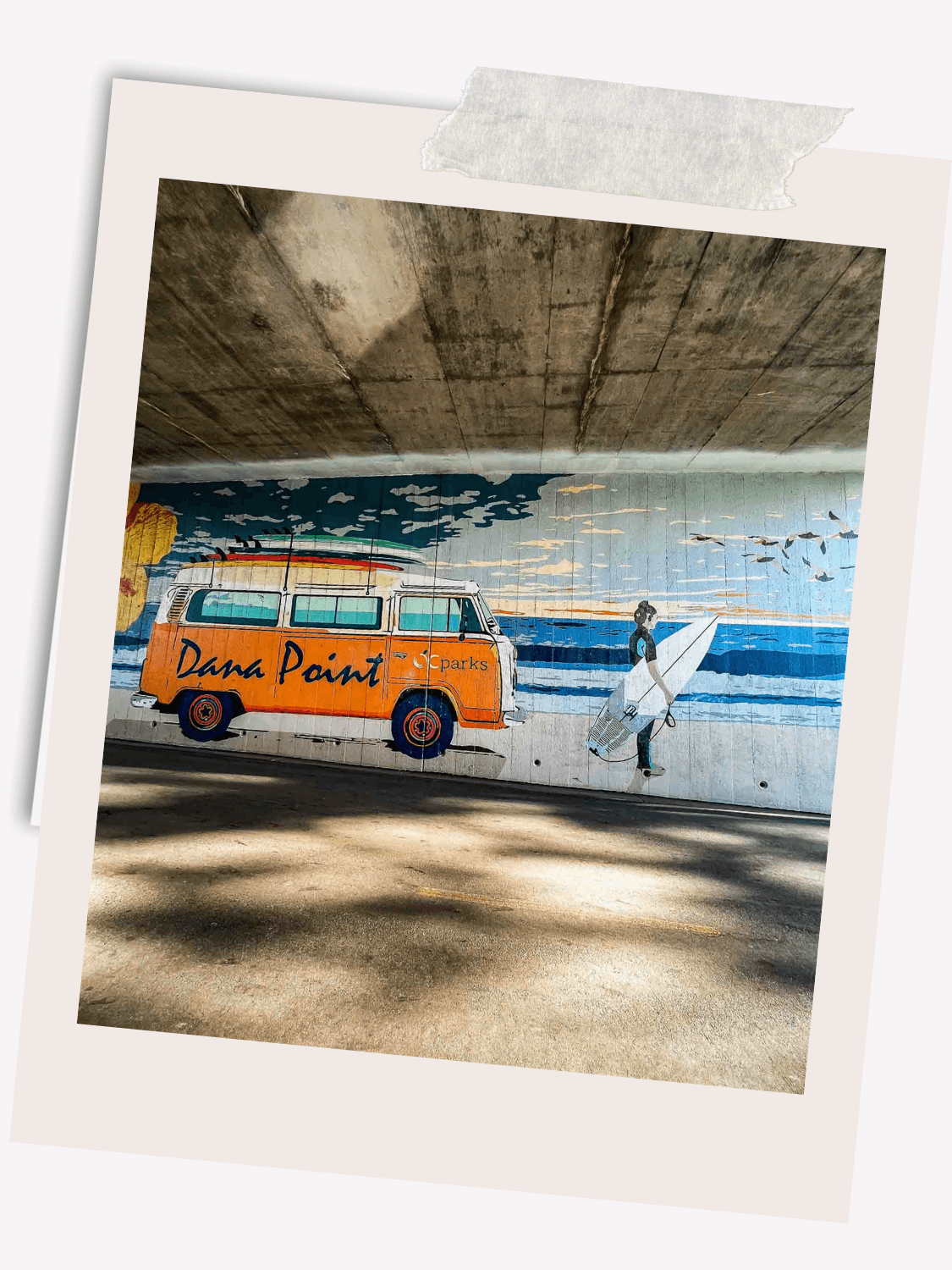 Nestled within Crystal Cove State Park, the Crystal Cove Cottages offer a serene retreat along Southern California’s coastline, but there’s plenty to explore just a short drive away. Head 20 miles south to Dana Point, where you can enjoy a variety of coastal activities. Dana Point Harbor is the heart of this seaside town, offering waterfront restaurants, boutique shopping, and the chance to embark on whale-watching excursions. For those seeking adventure, paddleboarding and kayaking are popular things to do in Dana Point, while its scenic coastal trails provide stunning views of the Pacific.
Nestled within Crystal Cove State Park, the Crystal Cove Cottages offer a serene retreat along Southern California’s coastline, but there’s plenty to explore just a short drive away. Head 20 miles south to Dana Point, where you can enjoy a variety of coastal activities. Dana Point Harbor is the heart of this seaside town, offering waterfront restaurants, boutique shopping, and the chance to embark on whale-watching excursions. For those seeking adventure, paddleboarding and kayaking are popular things to do in Dana Point, while its scenic coastal trails provide stunning views of the Pacific.